Mid-century modern architecture has a timeless appeal, blending minimalist design with a deep connection to nature. The style's clean lines, geometric shapes, and iconic materials create a striking balance between simplicity and innovation. Whether it's the bold look of flat rooflines or the seamless integration of indoor and outdoor spaces through expansive glass windows, these 40 splendid mid-century modern exteriors showcase how this era's architectural elements still feel fresh and relevant today. Every detail reflects the design philosophy that function should never compromise beauty, making this style as practical as it is visually compelling.
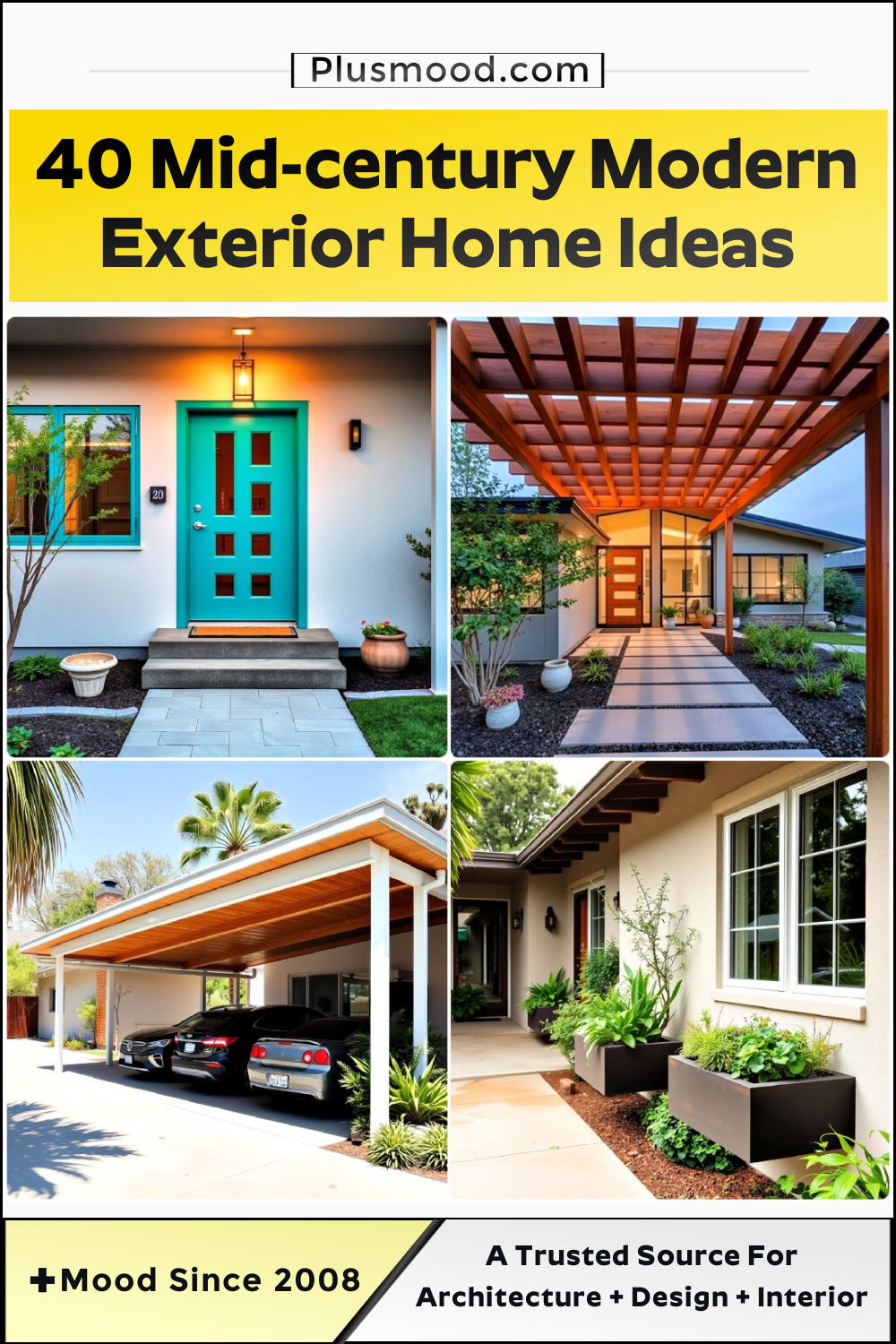
1. Low-Slung Rooflines
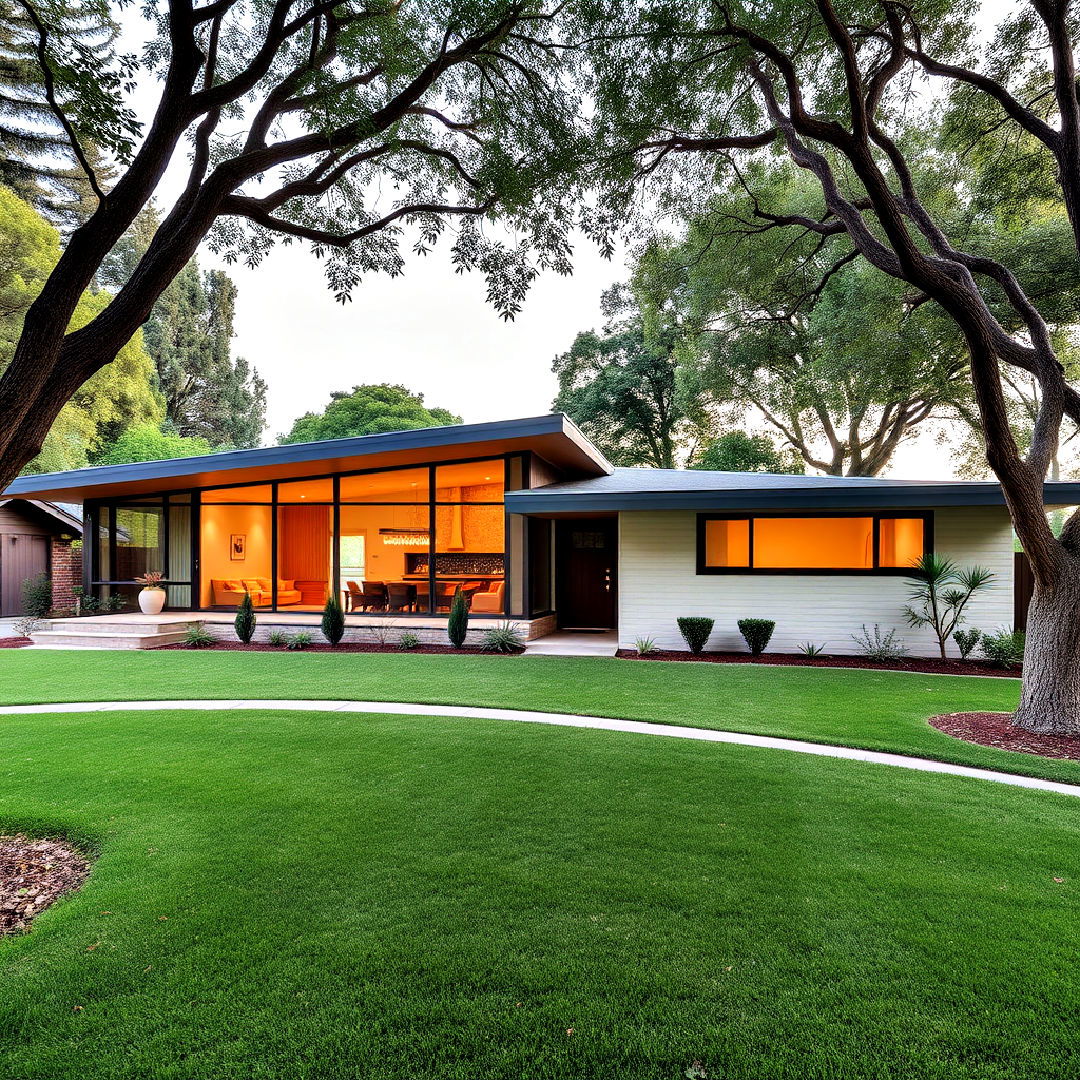
Mid-century modern homes are known for their distinctive low-slung rooflines, creating a sleek, horizontal profile. These rooflines not only make a bold architectural statement but also provide practical benefits like energy efficiency. The extended eaves help to shade the interior from harsh sunlight, keeping the home cooler. Low rooflines paired with large windows create a harmonious blend between the home and its natural surroundings, enhancing the connection to outdoor spaces—a hallmark of mid-century modern design.
2. Floor-to-Ceiling Windows
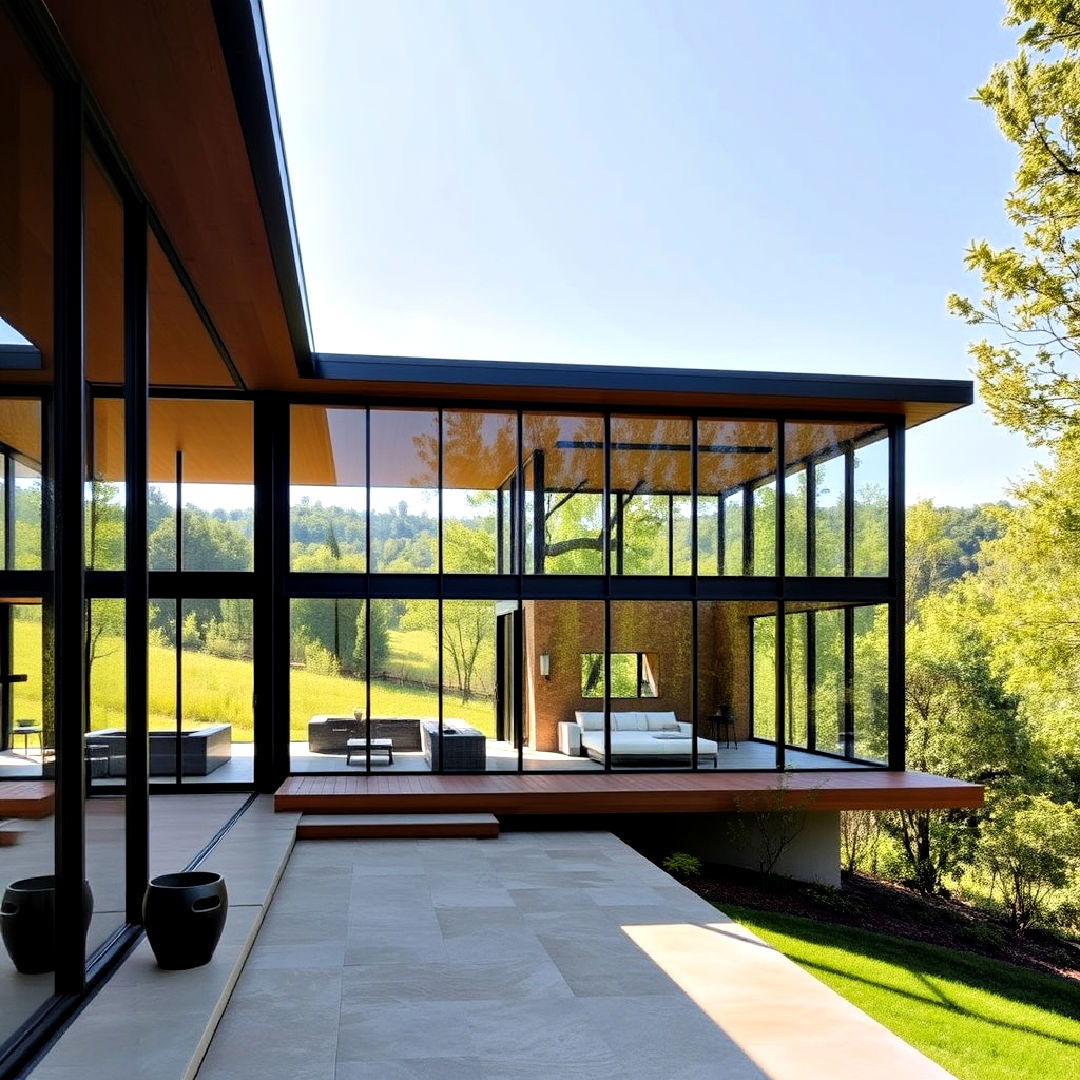
Floor-to-ceiling windows define the mid-century modern aesthetic, offering a seamless connection between indoor and outdoor environments. These expansive glass panels flood the interior with natural light while offering panoramic views of the landscape. In addition to maximizing light, they create an open and airy feel that enlarges the space visually. This feature is ideal for those who love nature and want to invite it into their home without compromising privacy, as strategic landscaping can maintain seclusion.
3. Natural Wood Accents
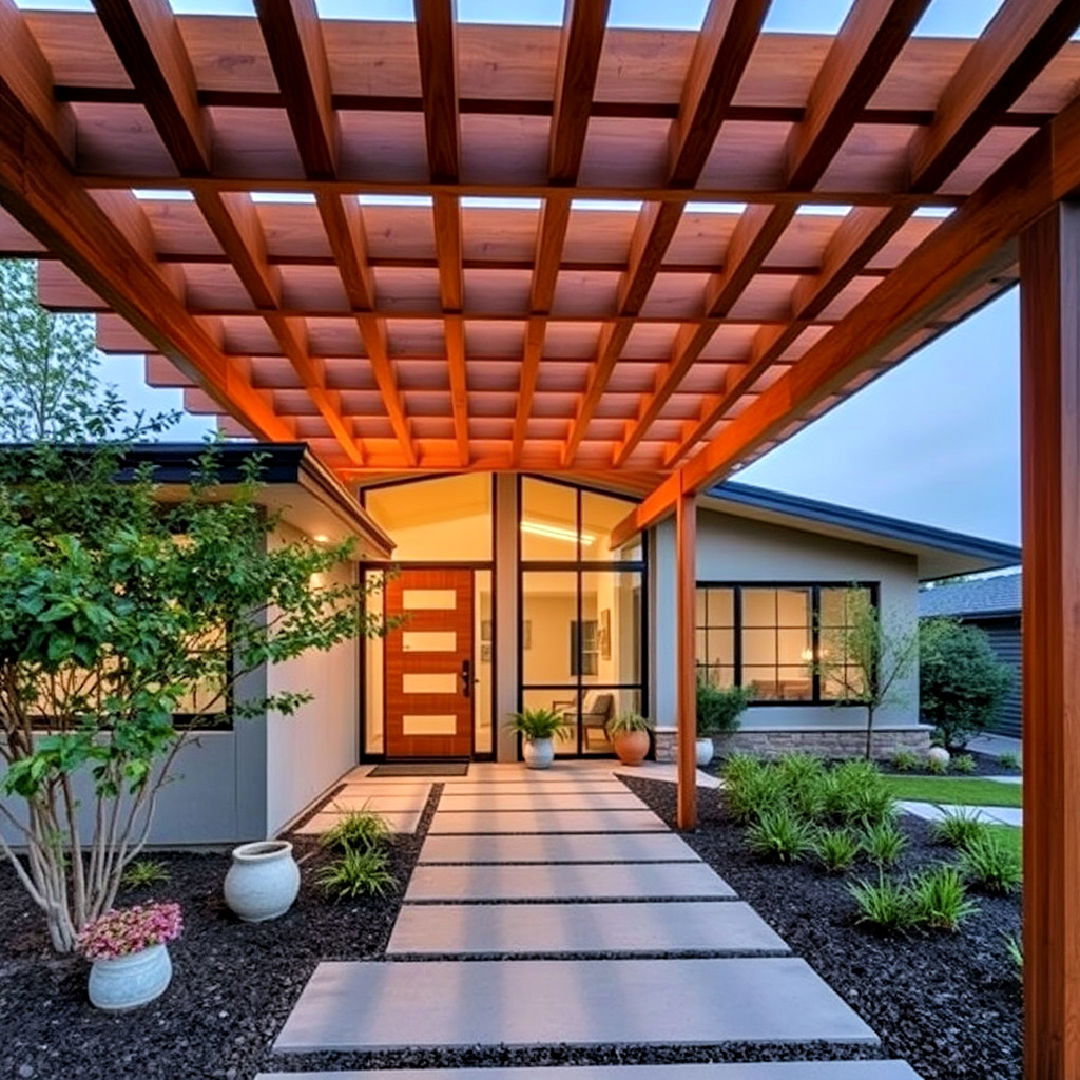
Explore stylish mid-century modern exterior and interior designs, including mid-century modern bedroom ideas, for a sleek and timeless look. Natural wood is a staple in mid-century modern exteriors, often used in siding, pergolas, or front doors. Its warmth contrasts beautifully with the clean lines and minimalist approach typical of the style. Whether in deep mahogany or lighter cedar tones, wood adds texture and depth to the façade, balancing the sleekness of concrete or glass elements. Incorporating wooden accents helps soften the overall aesthetic, giving the home a more welcoming and organic feel.
4. Mixed Materials
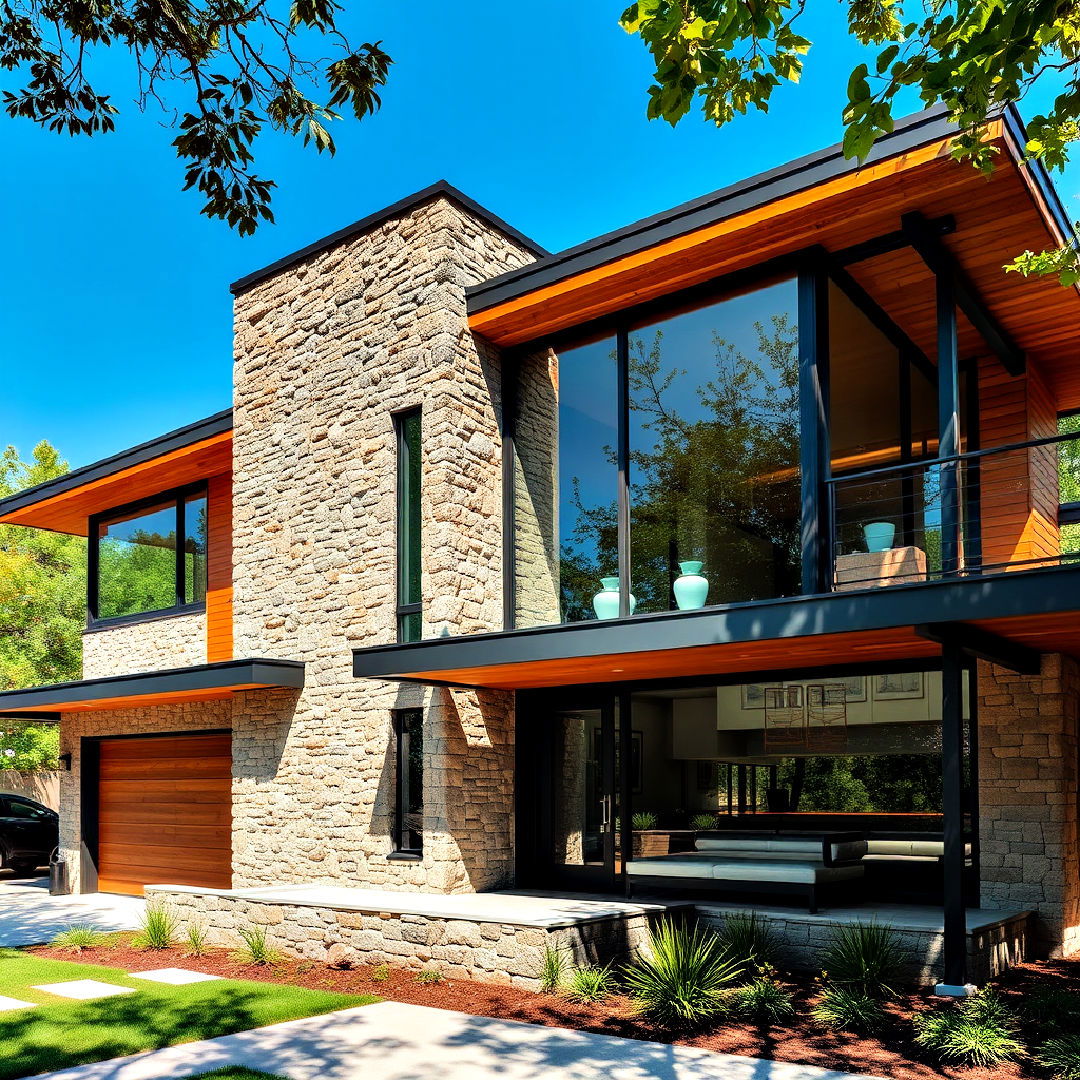
A signature of mid-century modern homes is the use of mixed materials, such as wood, stone, glass, and metal. This combination creates visual interest by adding layers of texture to the exterior. Stone cladding, inspired by cladding materials like stone showers, wooden panels, and large glass windows are often juxtaposed against sleek metal frames or industrial elements. This blend not only enhances the architectural design but also roots the house in a timeless aesthetic that feels both modern and earthy.
5. Flat or Butterfly Roofs
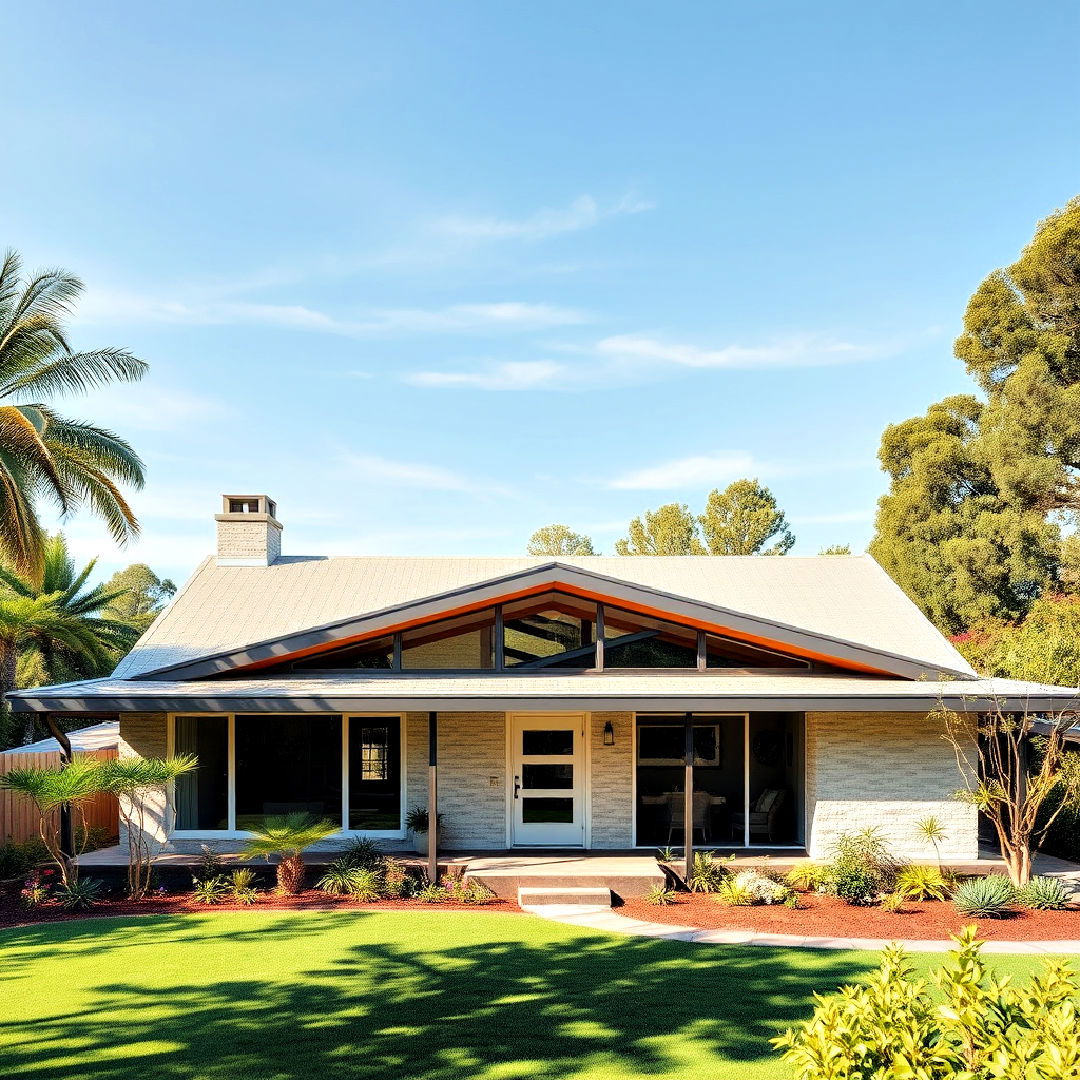
Flat and butterfly roofs are key design features of mid-century modern architecture. Flat roofs give the home a streamlined look, emphasizing horizontal lines, while butterfly roofs, which slope upward from the center, add a dramatic flair. Both styles contribute to the overall minimalist aesthetic and are often paired with wide overhangs. These roof styles also make room for additional outdoor living spaces like rooftop gardens or terraces, further blending the home with its natural surroundings.
6. Bold Front Doors
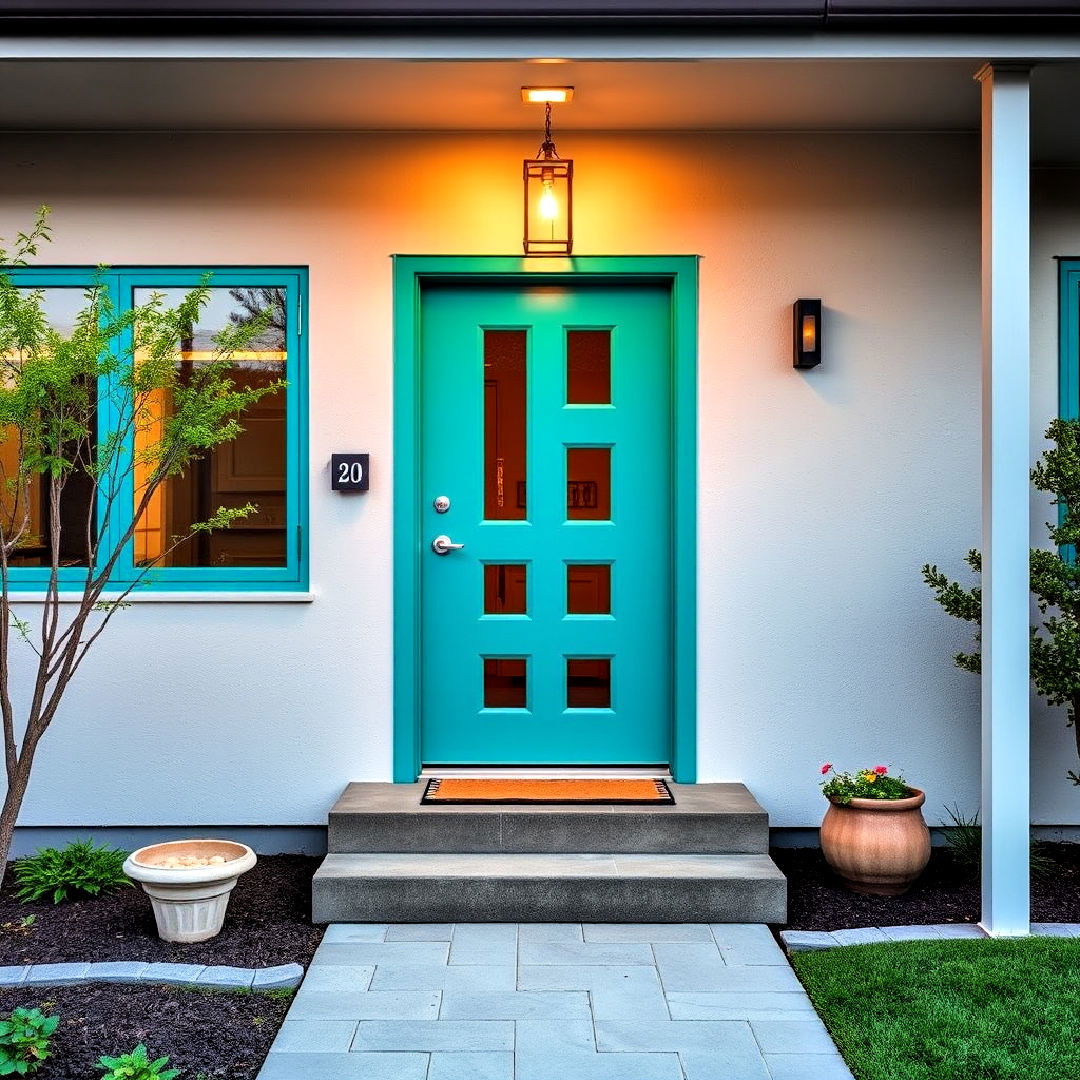
A brightly colored front door is a staple of mid-century modern homes. Often in shades like teal, orange, or yellow, these doors provide a pop of color against neutral facades. This playful design element contrasts with the clean lines and muted tones typical of the style, adding a welcoming and personal touch. Bold doors not only invite guests in but also serve as a focal point for the exterior, instantly boosting curb appeal.
7. Geometric Forms
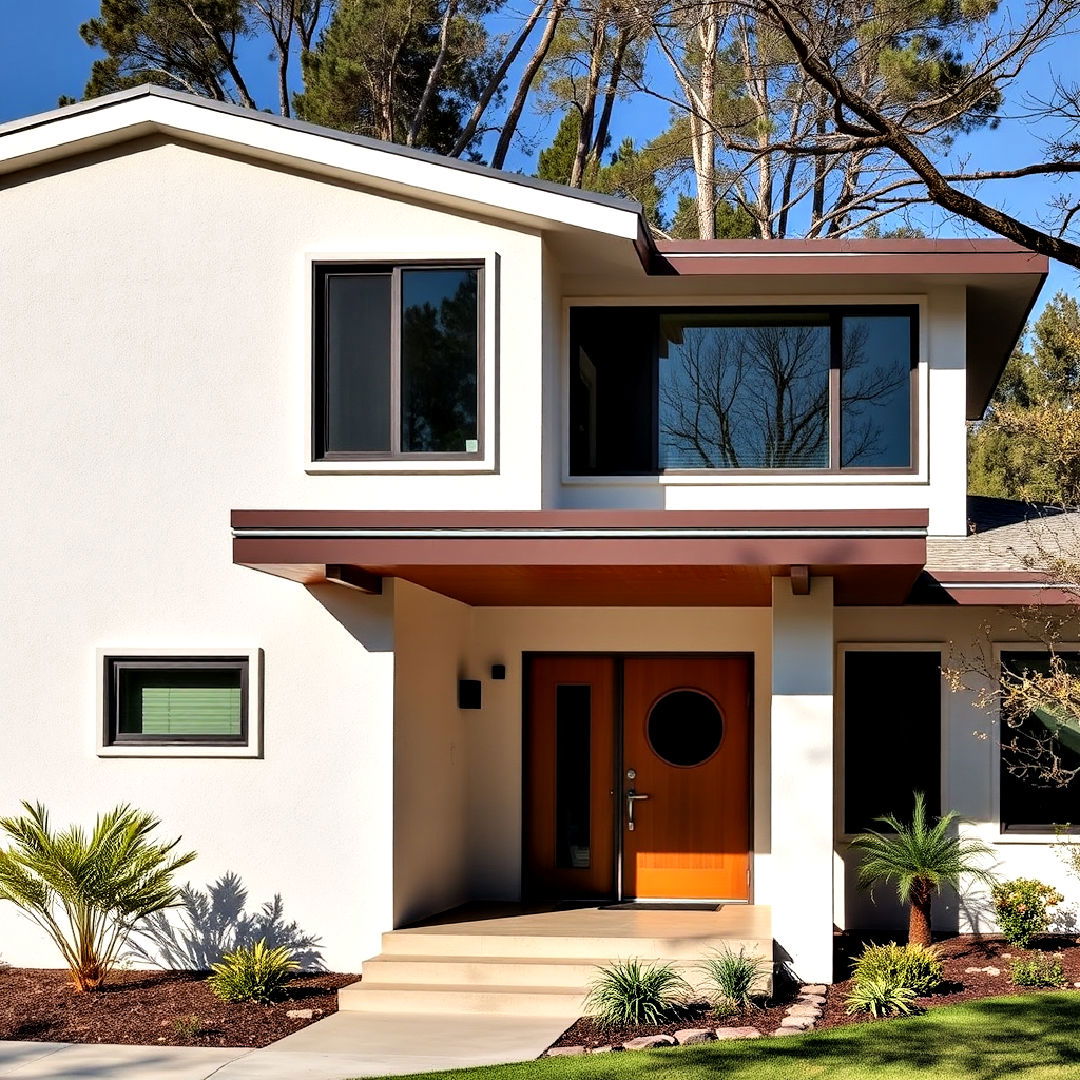
Mid-century modern exteriors often incorporate geometric shapes, whether through the architecture itself or in decorative elements. Square and rectangular windows, triangular rooflines, and circular porthole details can all be found in these designs. Geometric forms, including ideas for feature walls, help reinforce the clean, streamlined look of the era while adding visual interest. The use of bold, structured shapes is both practical and aesthetically pleasing, creating a sense of balance and proportion throughout the exterior.
8. Asymmetrical Facades
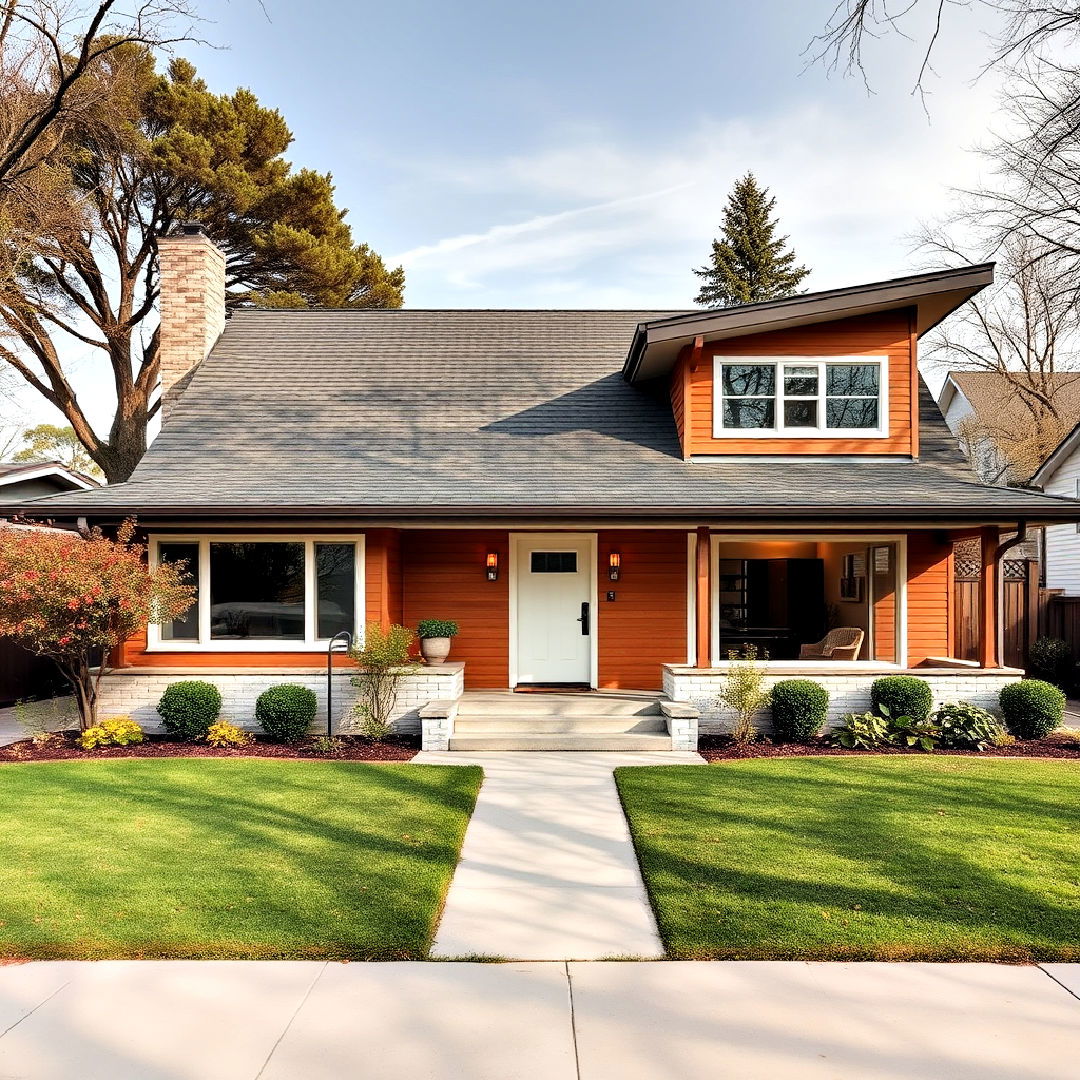
Discover striking exterior mid-century modern house ideas for a unique architectural appeal. Asymmetry is a defining characteristic of mid-century modern homes, giving them a unique, dynamic appearance. The façade often features varying roof heights, uneven window placements, or offset front doors. This departure from the traditional symmetry of older architectural styles adds an element of surprise and modernity. Asymmetrical designs are not only visually appealing but also create more opportunities for creative use of space and light.
9. Integration with Nature
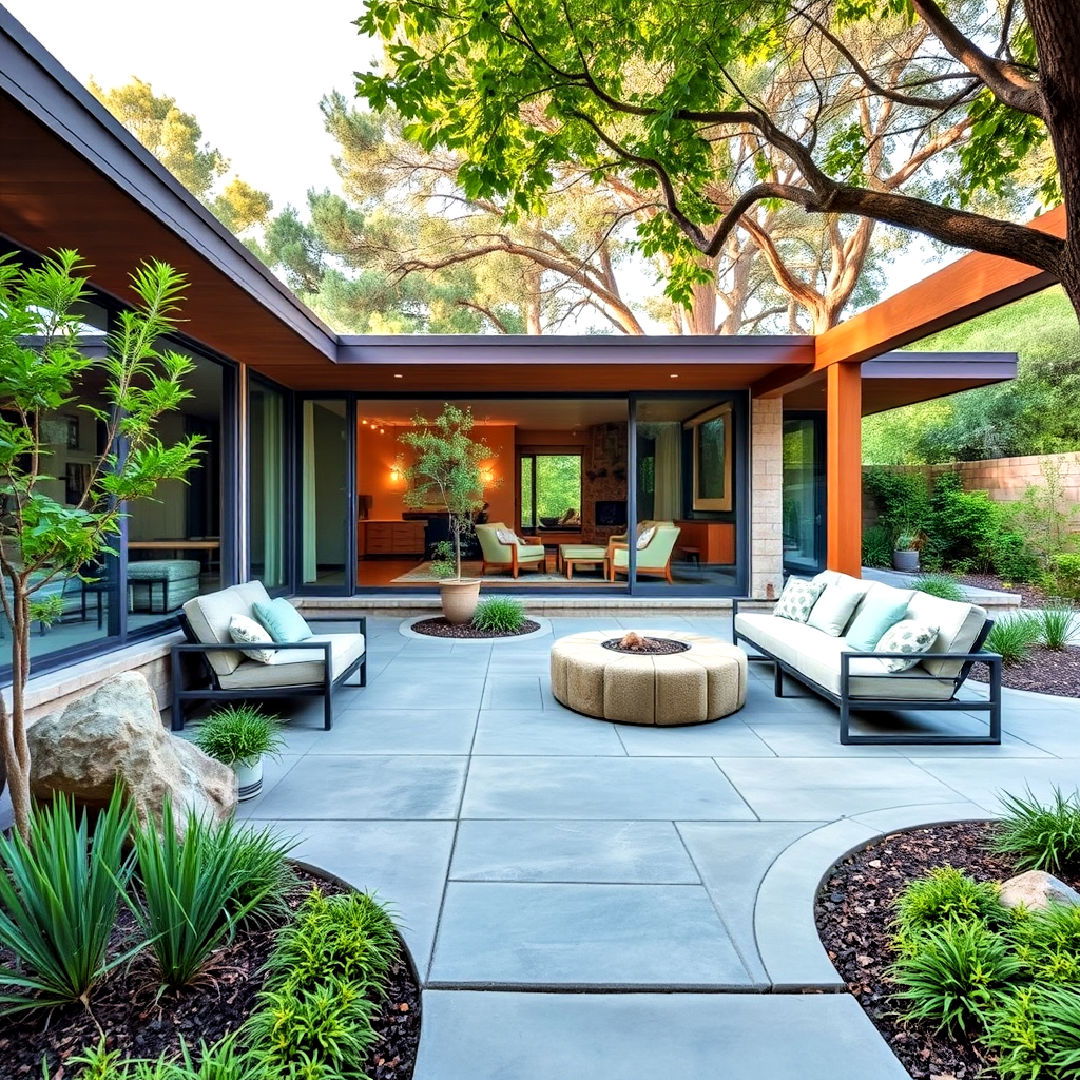
Mid-century modern homes are designed to blend seamlessly with their natural surroundings. Large windows, natural materials, and open layouts invite the outside in. Landscaping plays a crucial role in this integration, often featuring native plants and clean lines that echo the home's architecture. Patios and courtyards further this connection by extending the living space outdoors, creating an effortless flow between the interior and the landscape.
10. Horizontal Siding
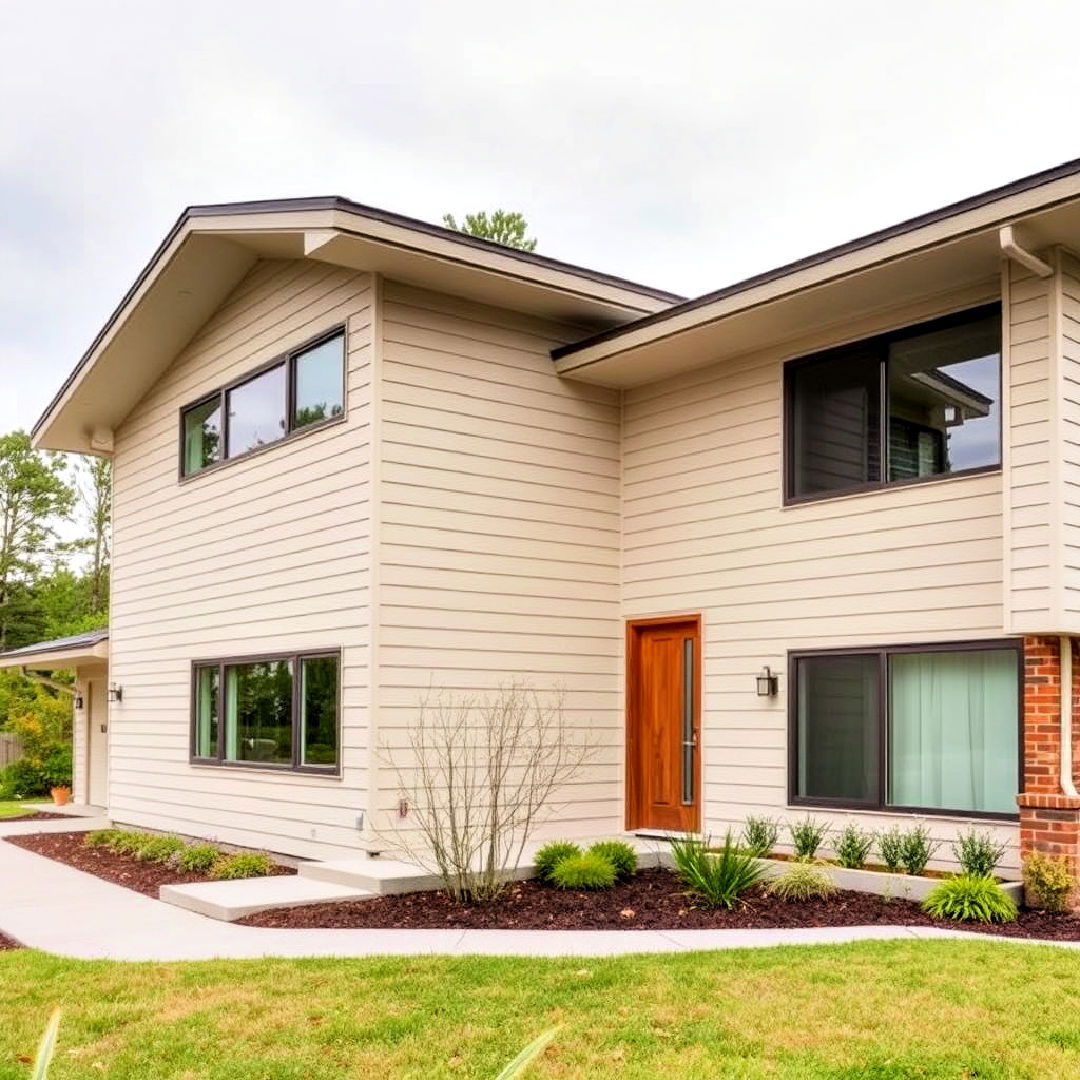
Horizontal siding, especially in natural wood or neutral colors, is a hallmark of mid-century modern homes. It emphasizes the long, low lines of the architecture, drawing the eye across the width of the building rather than its height. This siding style creates a sense of harmony with the landscape and enhances the overall simplicity of the design. It's a subtle yet effective way to highlight the home's modern, minimalist aesthetic while maintaining visual warmth.
11. Large Concrete Patios
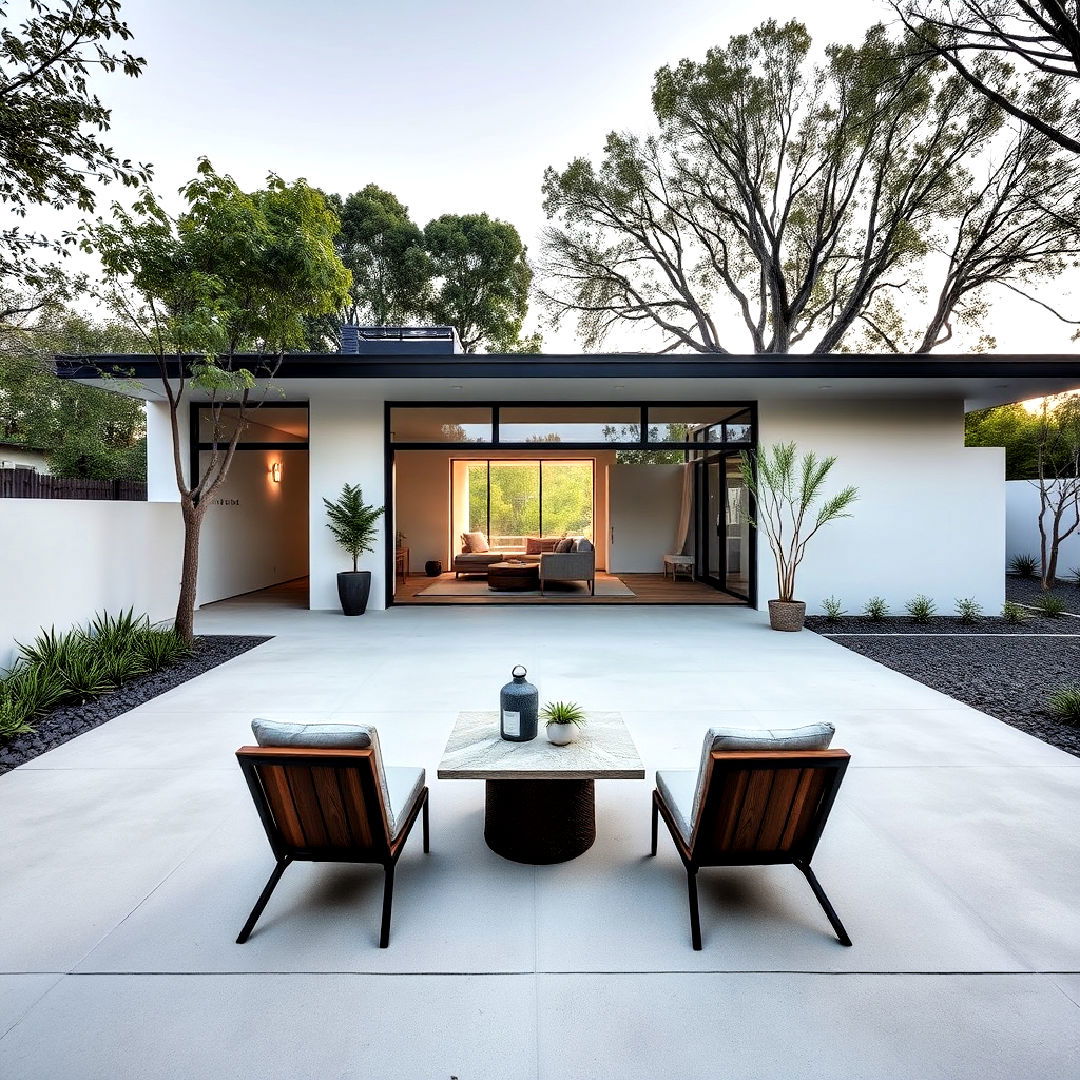
Concrete patios, inspired by backyard patio ideas, are a staple in mid-century modern homes, often acting as an extension of the living space. These expansive, minimalist outdoor areas create a seamless transition from the interior to the exterior. Simple, clean lines and a monochromatic palette allow the natural surroundings to take center stage. Concrete patios are not only durable and low-maintenance but also complement the sleek, modern look of the architecture, making them perfect for entertaining or relaxing outdoors.
12. Breezeways
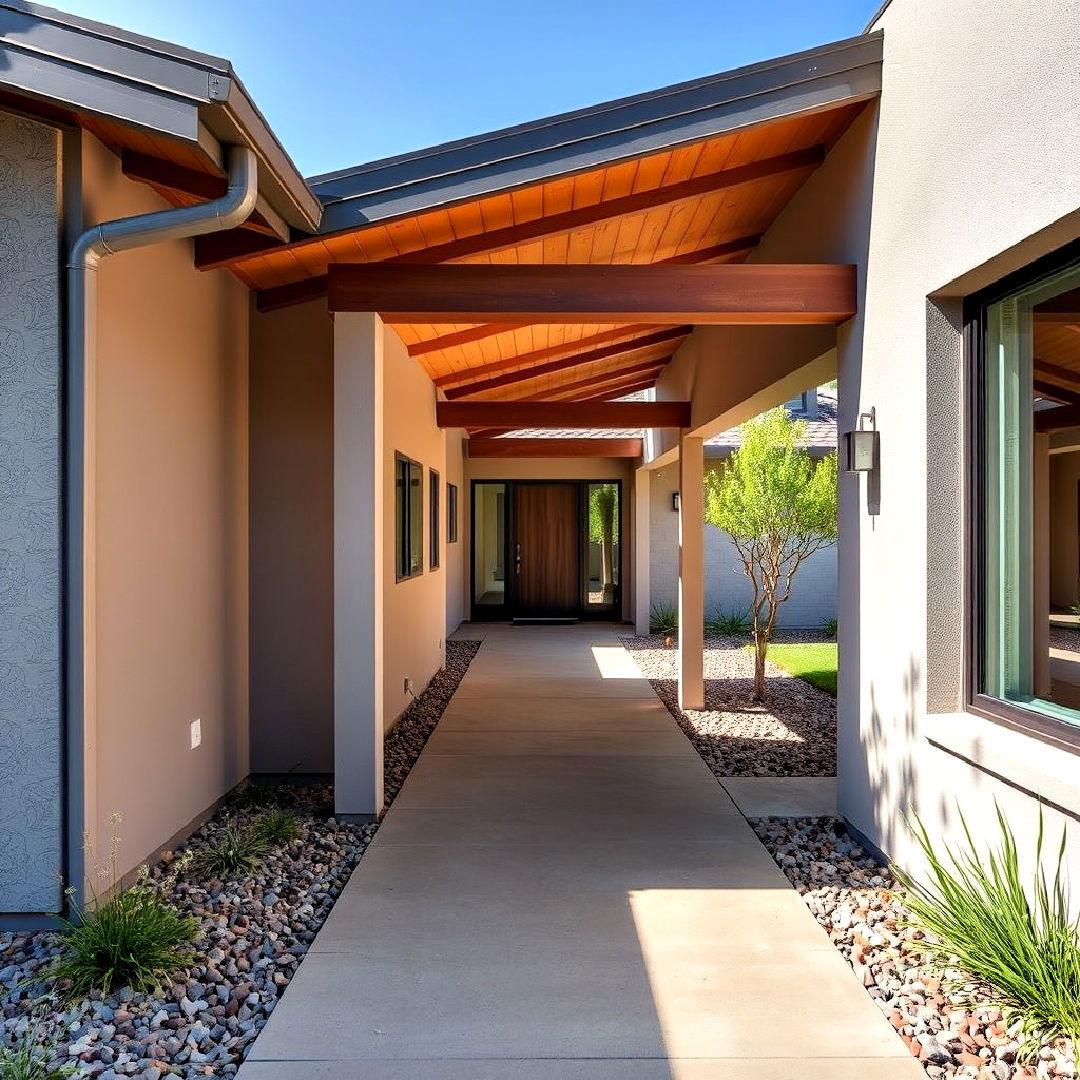
A breezeway is a functional and stylish addition often seen in mid-century modern homes, connecting different parts of the house or linking the home to a garage. These open-air corridors are designed to allow airflow, cooling the space naturally. Breezeways also serve as a transitional space between indoor and outdoor areas, offering shelter while maintaining a connection to the surrounding environment. This feature emphasizes the style's focus on both practicality and aesthetic appeal.
13. Stone Cladding
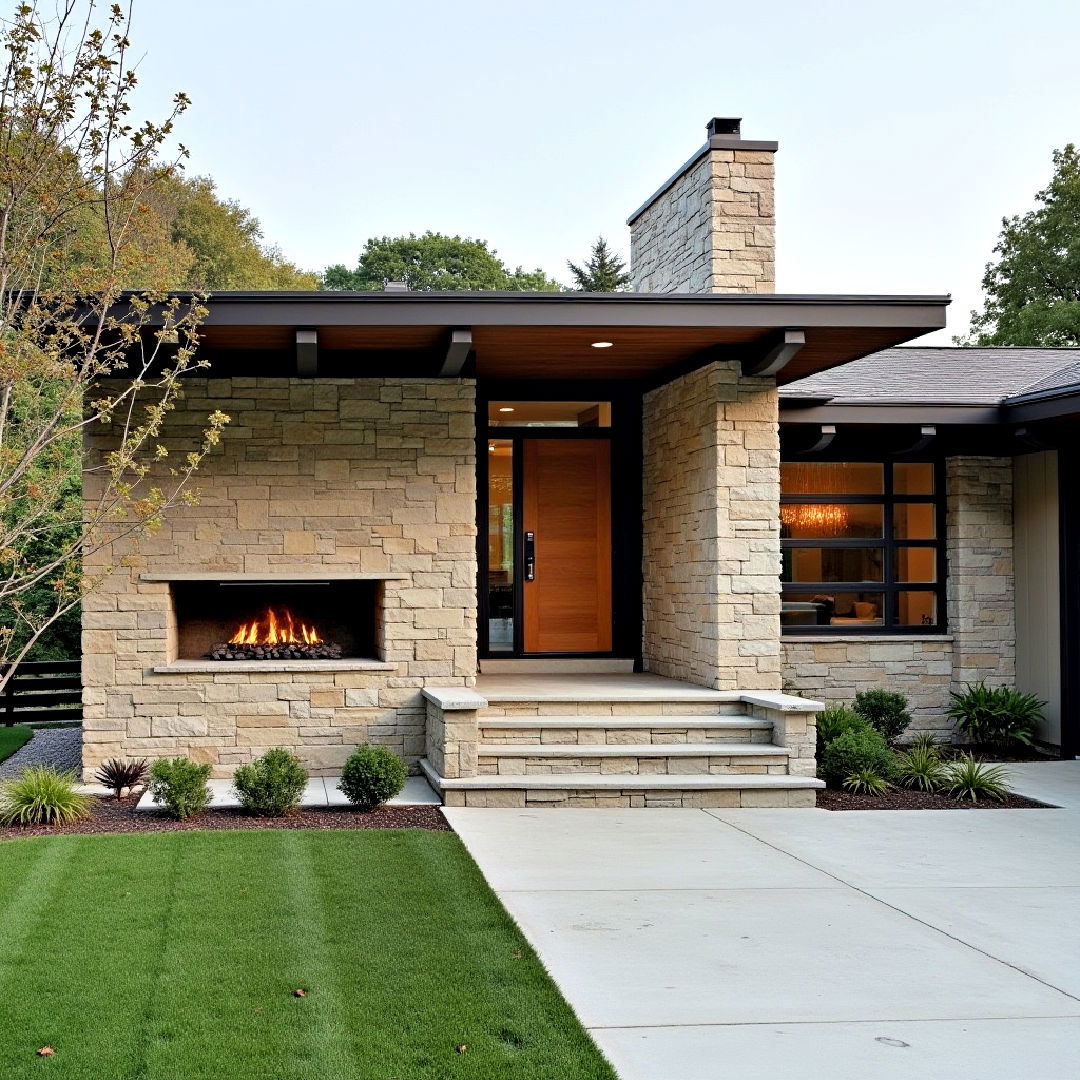
Elevate curb appeal with a chic mid-century modern house exterior that blends vintage and modern elements. Stone cladding is a popular material in mid-century modern exteriors and interiors, including mid-century modern fireplace ideas, adding texture and contrast to smooth surfaces like glass or wood. Whether used as an accent wall, around the fireplace, or as part of the entryway, stone gives the home a natural, grounded look. Its organic appearance enhances the connection to nature, while its durability ensures long-lasting appeal. Stone elements create visual interest and a sense of permanence, complementing the minimalist design ethos.
14. Cantilevered Structures
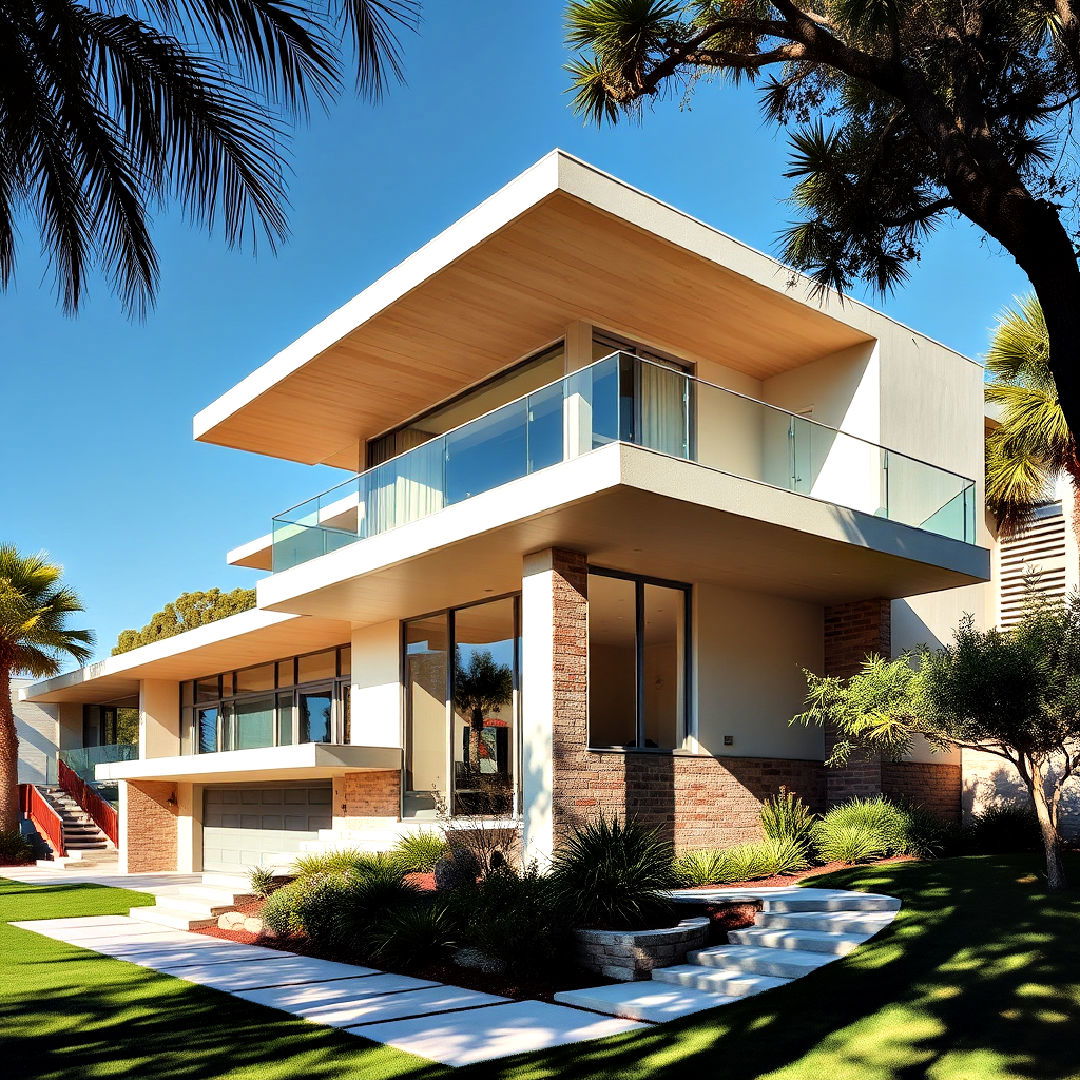
Cantilevered structures, often enhancing modern backyard ideas, are a striking architectural feature in mid-century modern homes, where parts of the building extend outward without visible support. These floating forms create a sense of lightness and modernity, challenging traditional building conventions. Whether it's a balcony, overhang, or even a portion of the house, cantilevered elements make the home appear as if it's hovering in space, reinforcing the futuristic, innovative spirit of mid-century design.
15. Courtyard Entrances

Courtyard entrances provide a private, tranquil welcome to mid-century modern homes. These semi-enclosed spaces are often framed by natural wood or concrete walls and feature minimalist landscaping. Courtyards serve as a peaceful buffer between the exterior and interior, offering a moment of serenity before entering the home. This thoughtful design enhances privacy, while also providing an outdoor area for relaxation or entertaining, seamlessly integrating with the overall architectural style.
16. Vertical Screens
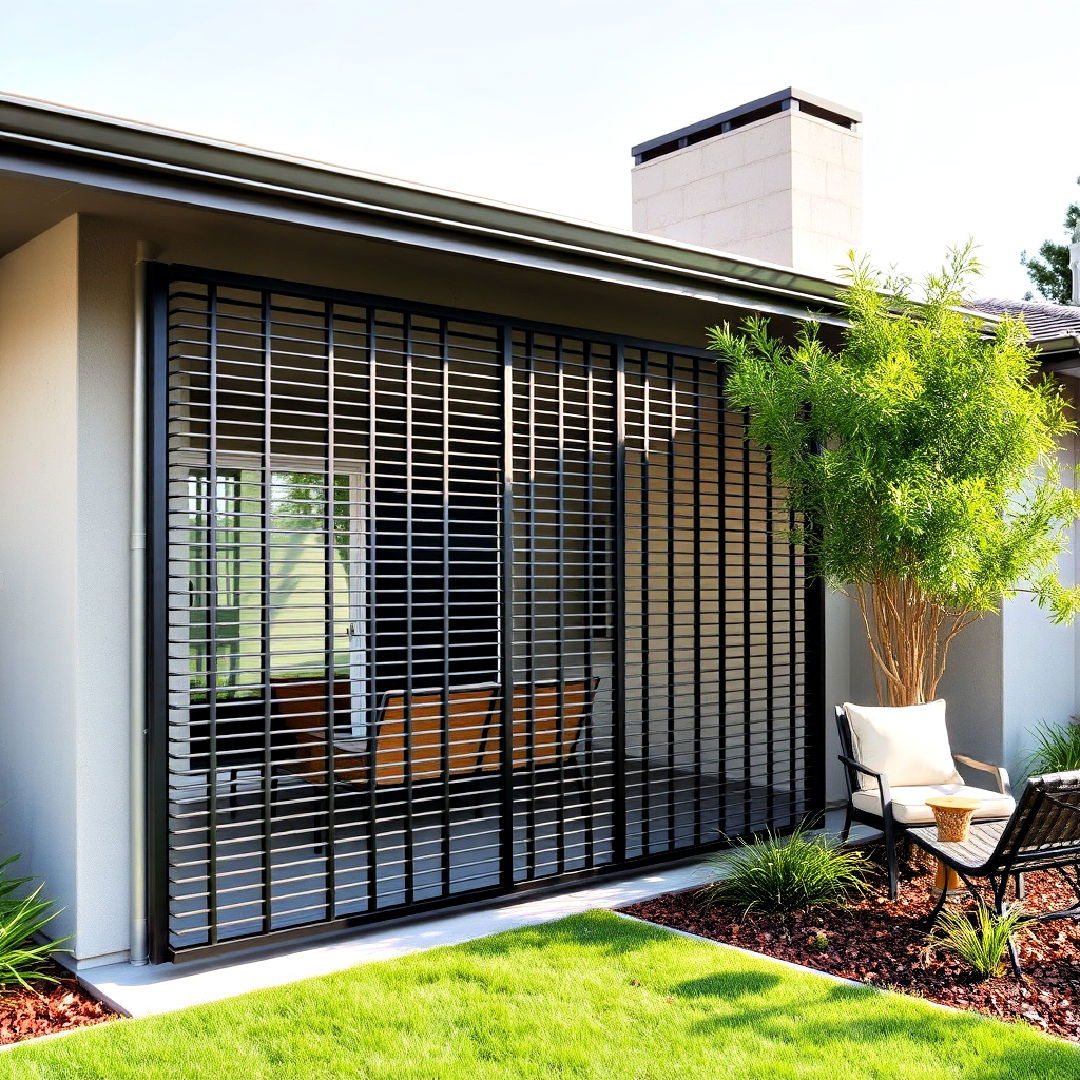
Vertical wood or metal screens, inspired by garden screening ideas, are a popular mid-century modern feature that adds both privacy and visual interest. These screens are often placed near entryways, patios, or large windows, providing a subtle barrier without obstructing light or airflow. They create a striking architectural element, enhancing the façade's overall appearance with their clean, linear design. The vertical orientation complements the horizontal lines common in mid-century homes, contributing to a balanced and cohesive look.
17. Clerestory Windows
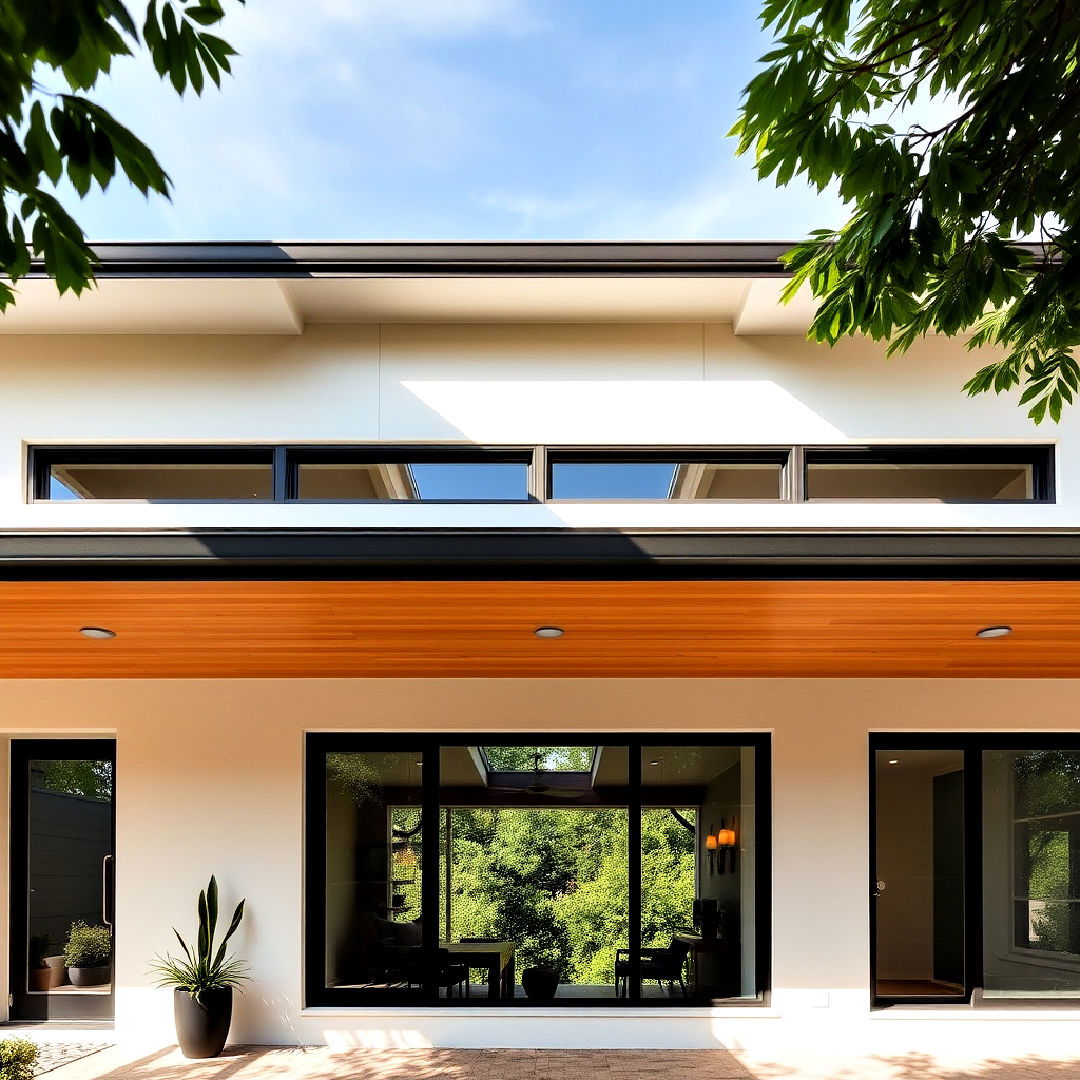
Clerestory windows, positioned high on the walls, are a hallmark of mid-century modern design. These narrow, horizontal windows let in natural light without sacrificing privacy, making them ideal for bedrooms, bathrooms, or living areas. They also emphasize the home's clean lines and minimalist aesthetic. By allowing light to filter in from above, clerestory windows brighten interiors while maintaining the exterior's sleek, unobtrusive look, enhancing the home's connection to the surrounding environment.
18. Exposed Beams
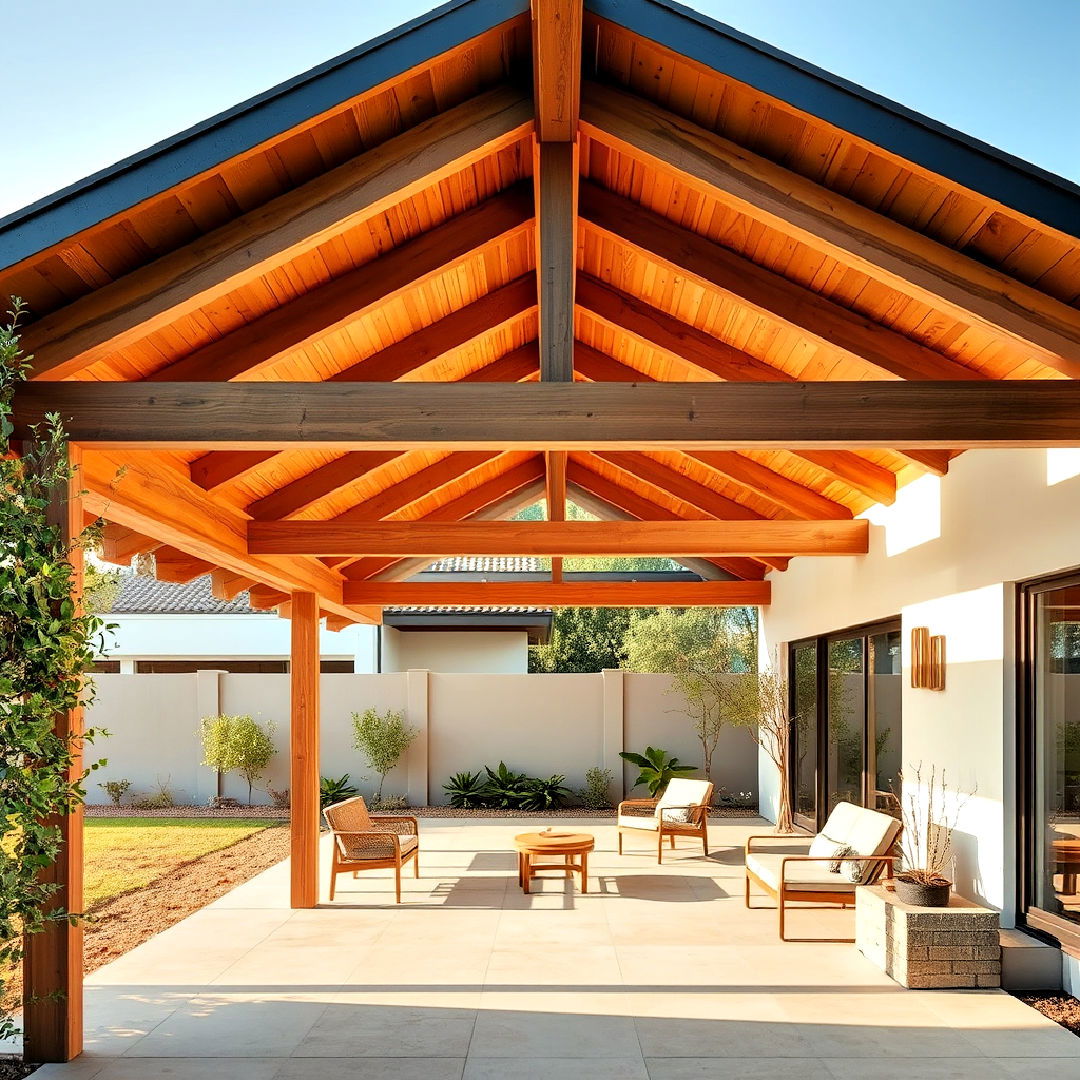
Exposed beams are a distinctive architectural feature of mid-century modern homes, often seen in exterior overhangs or patio areas. These beams are typically made from natural wood, contrasting with the clean lines of the architecture. Exposing the structural elements highlights the minimalist ethos of the style while adding warmth and texture to the exterior. This detail complements the overall design philosophy of showcasing simplicity and the beauty of raw materials.
19. Minimalist Landscaping
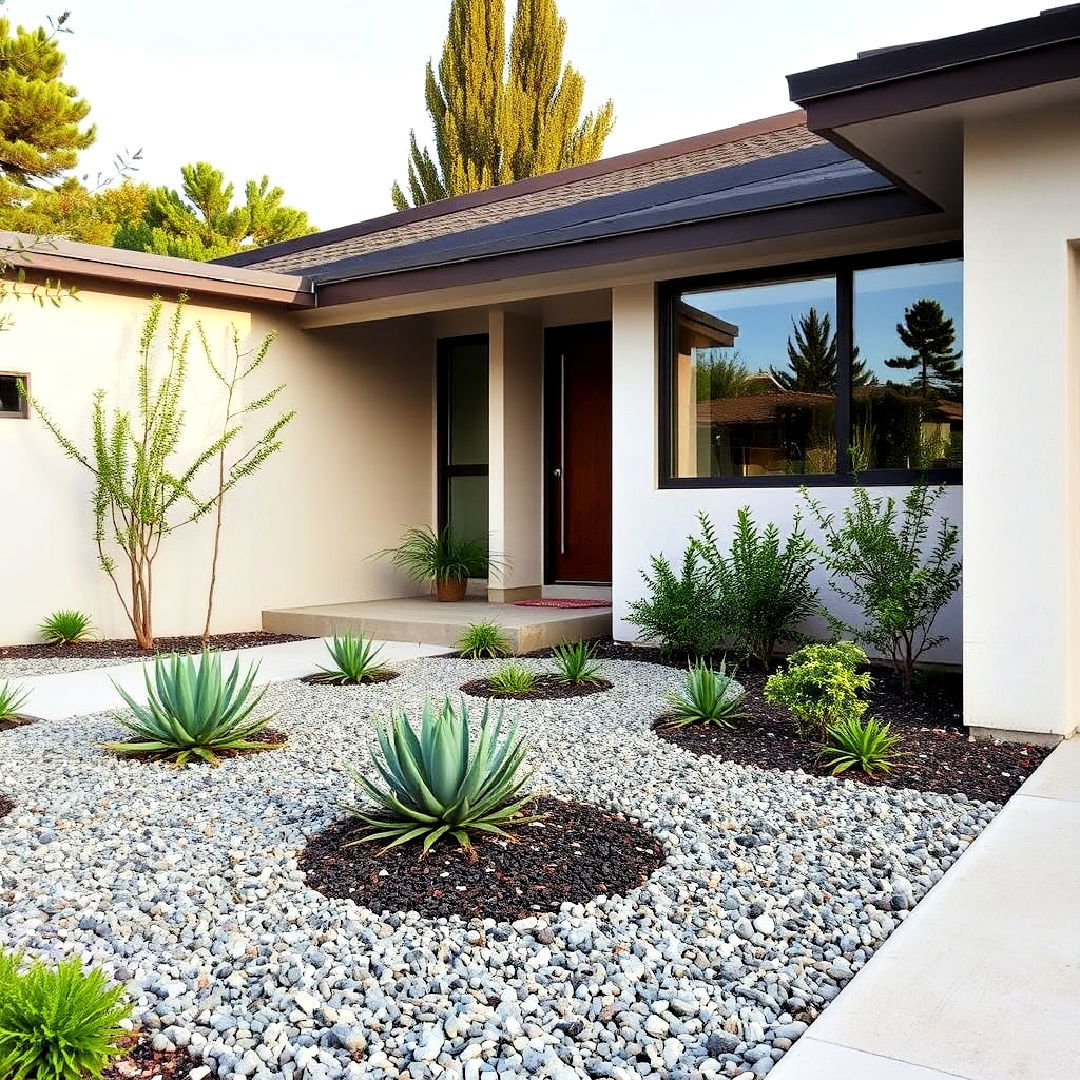
Minimalist landscaping, inspired by modern small garden ideas, is a key component of mid-century modern home exteriors, designed to enhance rather than overshadow the architecture. Clean lines, native plants, and hardscaping elements like gravel or concrete create a low-maintenance yet visually appealing yard. The landscaping often features geometric patterns and a mix of textures, reinforcing the home's modern, streamlined aesthetic. This minimalist approach draws attention to the structure itself while providing a serene, uncluttered environment.
20. Privacy Fences
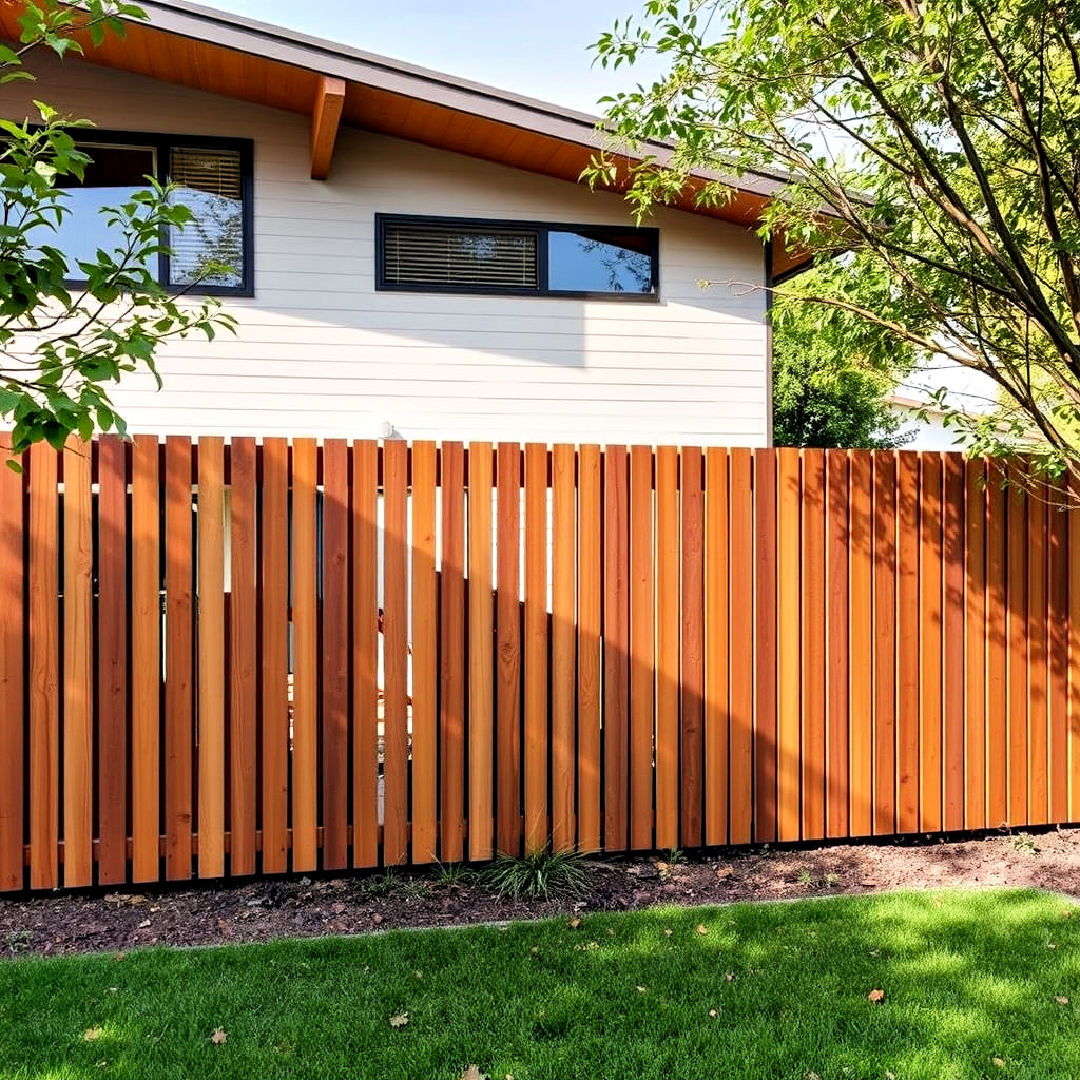
Privacy fences in mid-century modern homes, inspired by backyard privacy ideas, are typically made from natural materials like wood or stone, aligning with the design's organic approach. These fences are often sleek, simple, and blend seamlessly with the home's architecture. Tall, vertical slats or horizontal panels provide both security and seclusion without feeling too closed off. Privacy fences help create a peaceful retreat, complementing the open floor plans and large windows that are characteristic of the style.
21. Concrete Block Walls
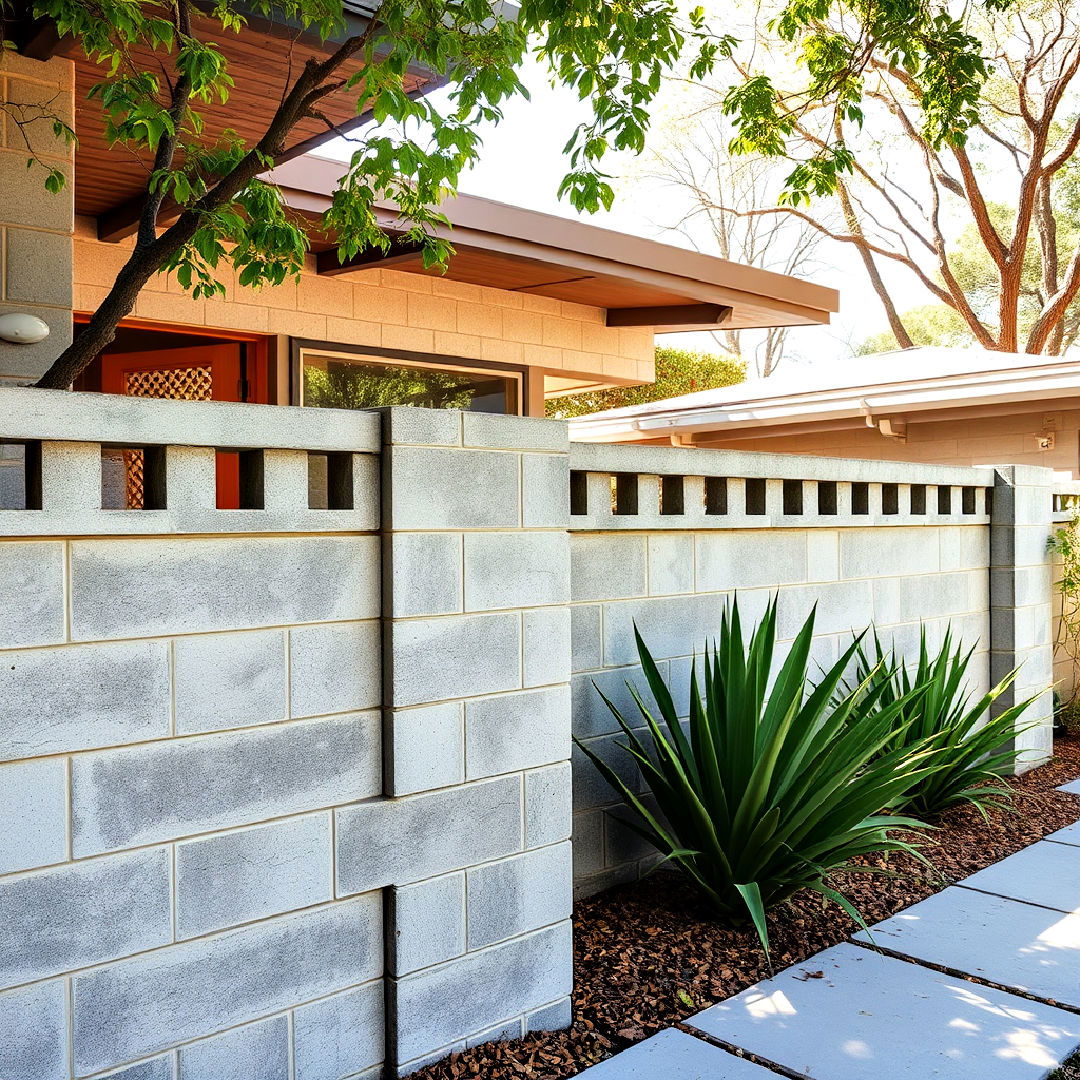
Get inspired by stunning midcentury modern house exterior designs with clean lines and bold features. Concrete block walls are a distinctive feature of mid-century modern exteriors, adding both texture and privacy. These walls often feature decorative patterns or perforations, allowing light to pass through while still providing a boundary. The industrial look of concrete complements the clean, minimalist lines of the home's architecture. Whether used for fencing, garden walls, or as part of the structure itself, concrete block walls give the exterior a modern, functional edge.
22. Floating Staircases
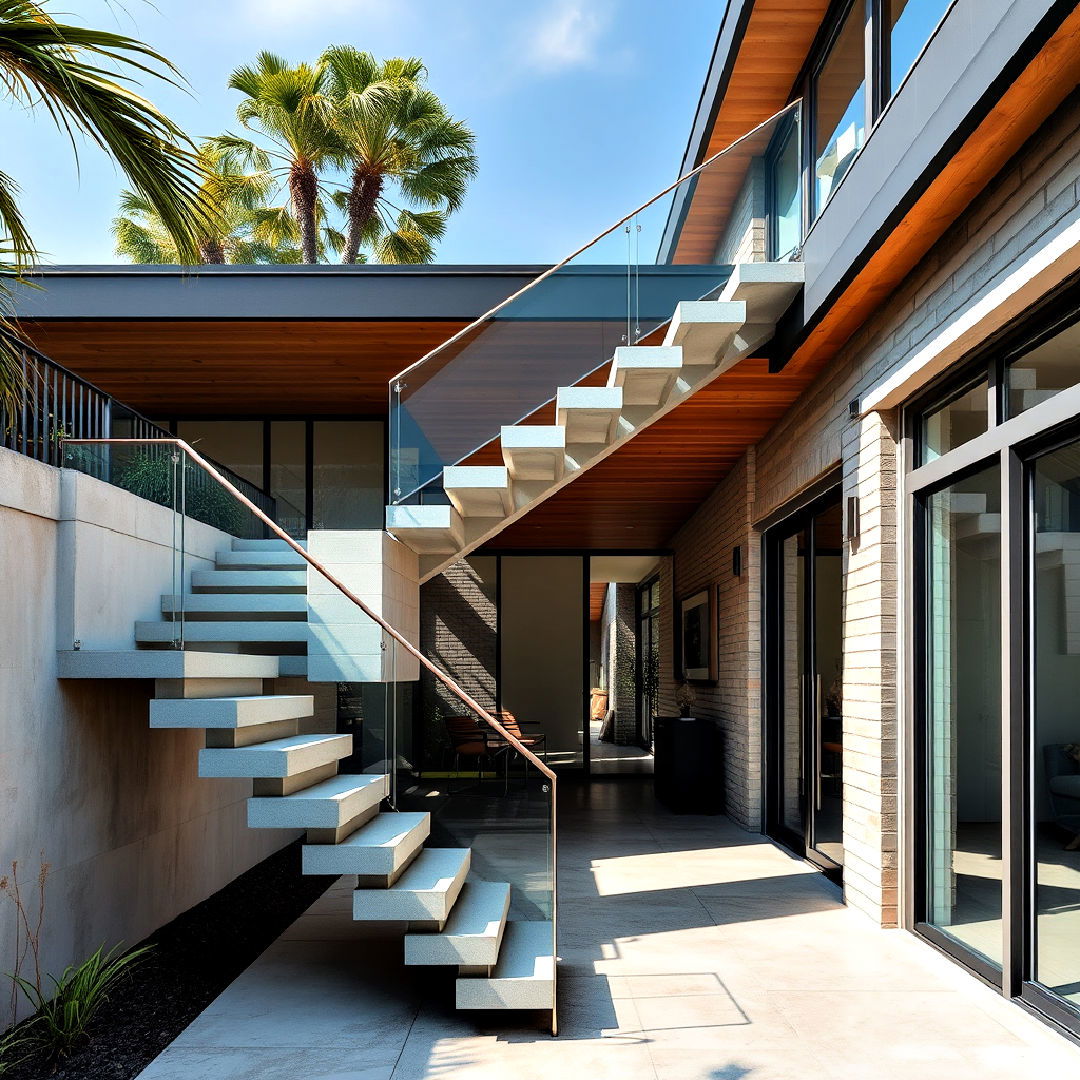
Floating staircases are a bold architectural feature commonly found in mid-century modern homes. These staircases appear to "float" without visible supports, emphasizing the style's focus on open space and lightness. Often made from wood or concrete, floating stairs are typically paired with large glass windows or doors, enhancing the seamless transition between indoors and outdoors. This design element adds a touch of modern sophistication and creates an eye-catching focal point in the exterior layout.
23. Reflective Water Features

Reflective water features, including ideas for pond waterfalls, are often incorporated into mid-century modern landscaping. These elements create a tranquil, Zen-like ambiance, mirroring the home's emphasis on harmony with nature. The clean lines of a rectangular or circular pond reflect the geometry of the home, while the water's reflective surface enhances the connection between the structure and its surroundings. Water features add a calming presence, contributing to the overall minimalist aesthetic.
24. Pergolas with Clean Lines
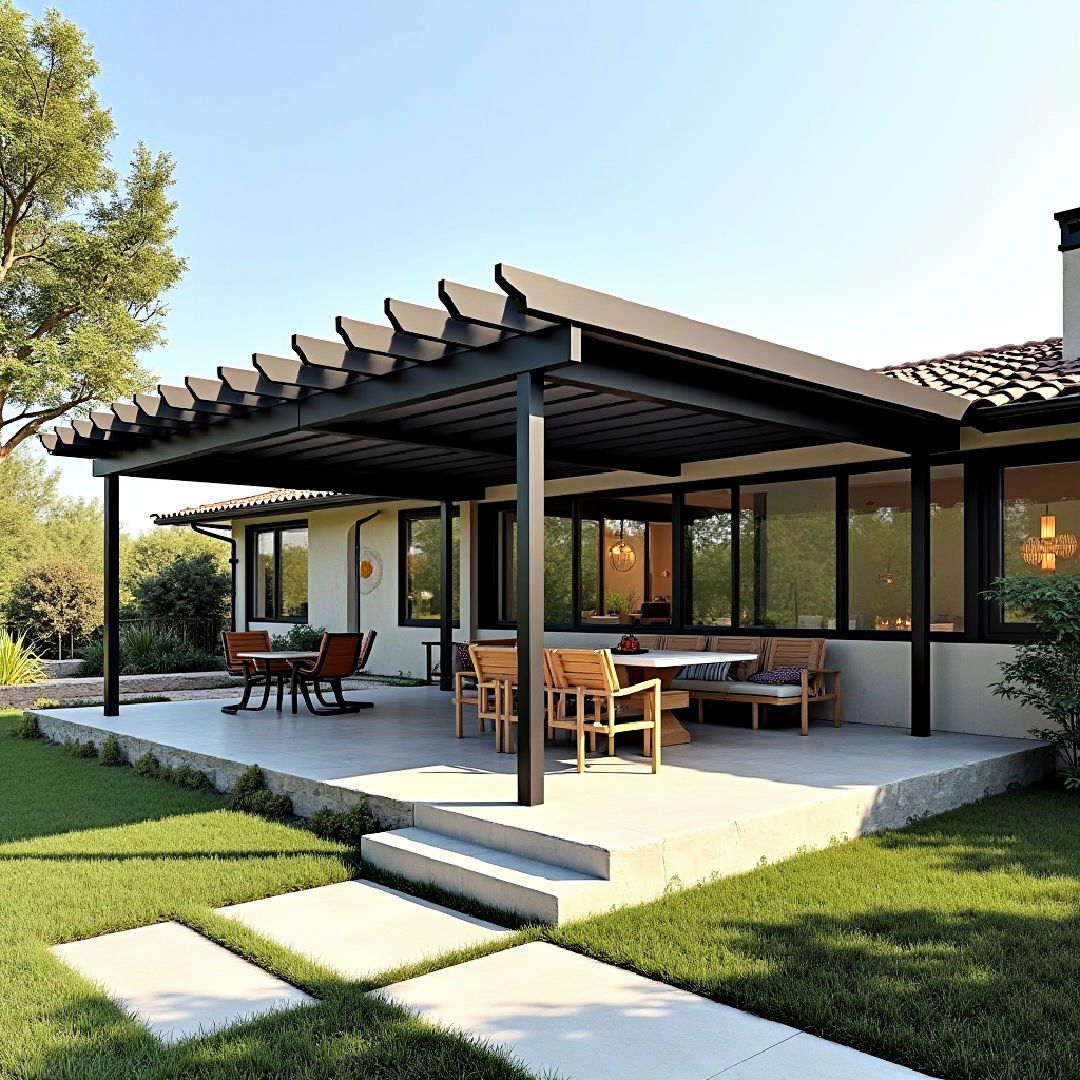
Pergolas are often found in mid-century modern homes, providing shade and structure to outdoor spaces. With clean, minimalist lines, these pergolas are typically constructed from wood or metal and feature a flat or gently sloping roof. They offer a balance between shelter and openness, allowing light to filter through while providing a comfortable outdoor area. Pergolas enhance the home's architectural lines and extend living spaces into the landscape.
25. Subtle Use of Color
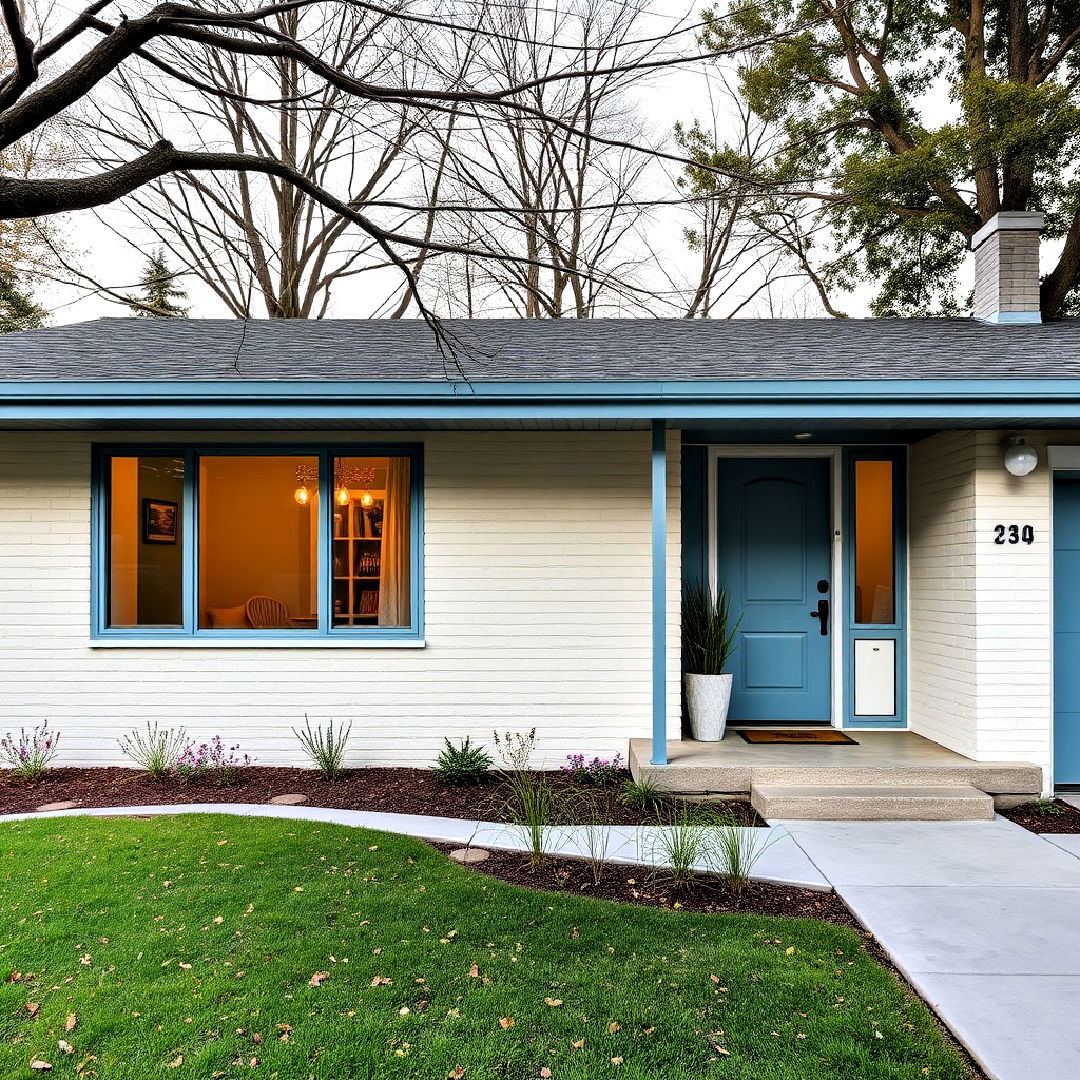
Mid-century modern exteriors often incorporate subtle pops of color, such as muted blues, greens, or earthy tones. These colors are typically used sparingly, in contrast to the neutral palette of the overall design. Color accents can appear in front doors, window frames, or decorative elements, adding personality without overwhelming the minimalist aesthetic. This careful use of color helps highlight certain architectural features while maintaining the home's sleek, modern look.
26. Open Carports
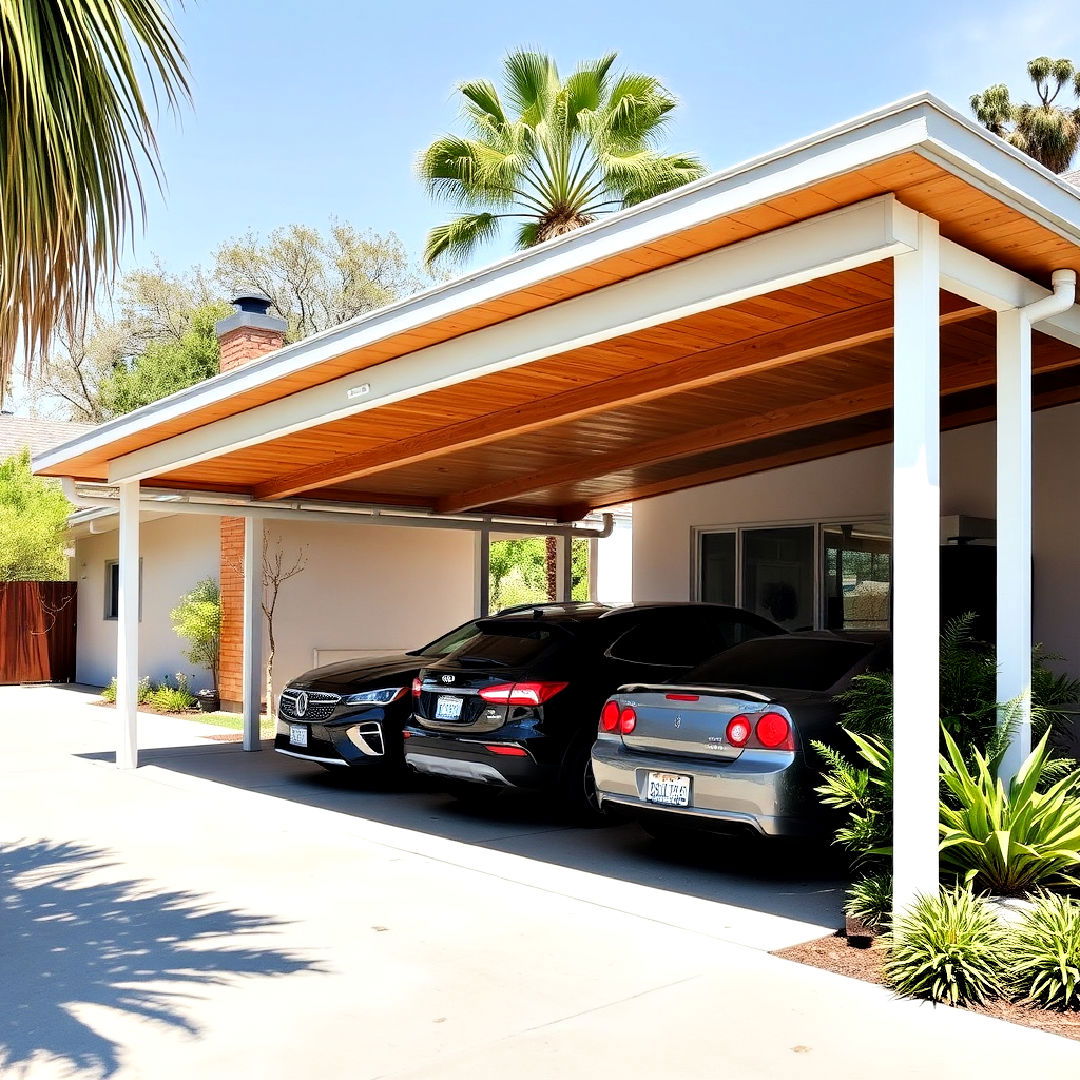
Carports are a common feature in mid-century modern homes, designed to blend seamlessly with the home's architecture. Unlike traditional garages, open carports create a more visually appealing structure that doesn't detract from the overall design. With clean lines and minimal detailing, these carports often incorporate materials like wood or metal. They provide functional shelter for vehicles while maintaining the open, airy feel typical of mid-century design.
27. Floating Planters
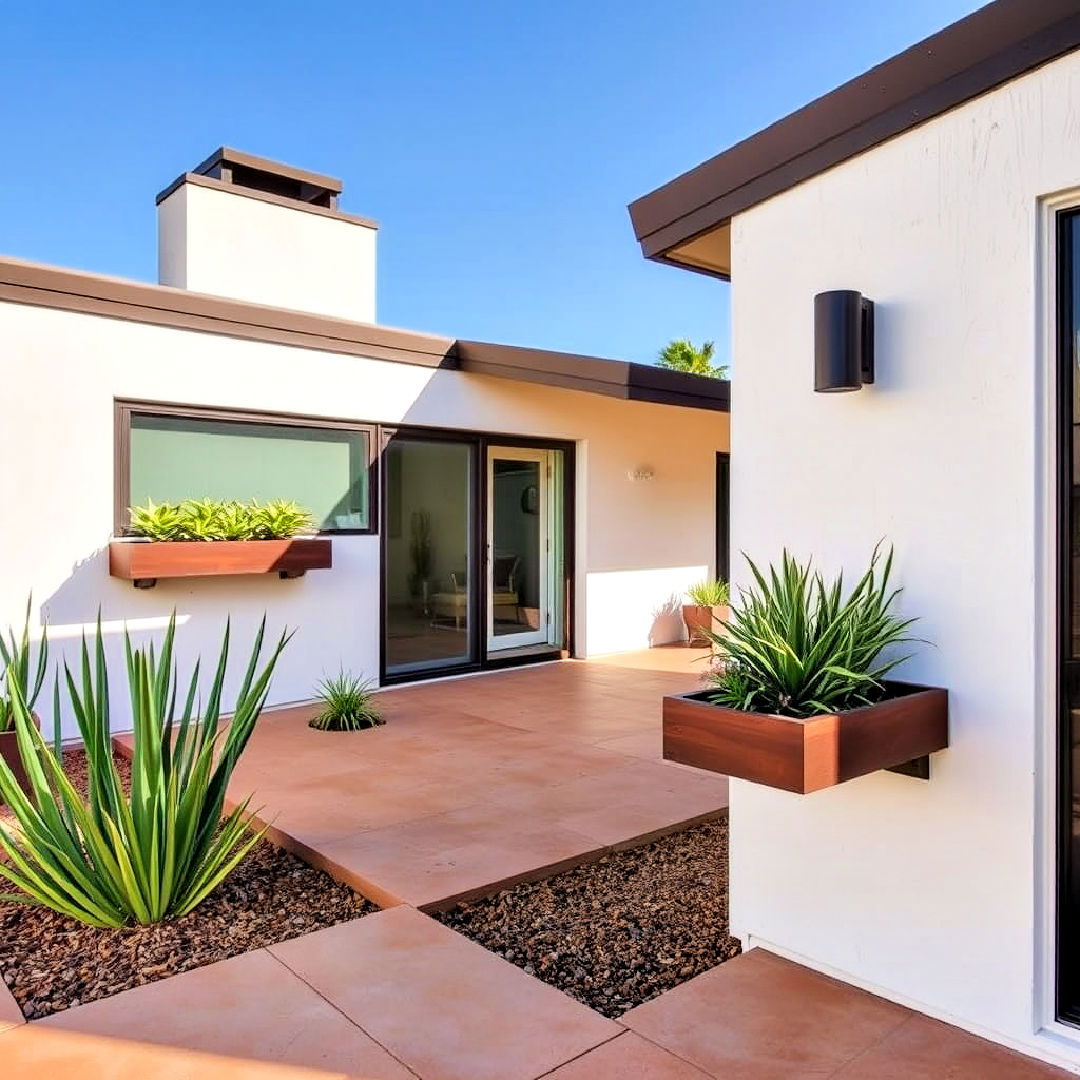
Floating planters are a unique exterior feature in mid-century modern homes, often integrated into patios, porches, or even walls. These planters appear to "float" due to hidden supports or sleek, minimal brackets, contributing to the modern, streamlined look. Filled with succulents or other low-maintenance plants, floating planters add greenery and texture without cluttering the design. This simple, innovative approach to landscaping highlights the home's connection to nature in a subtle way.
28. Glass Walls
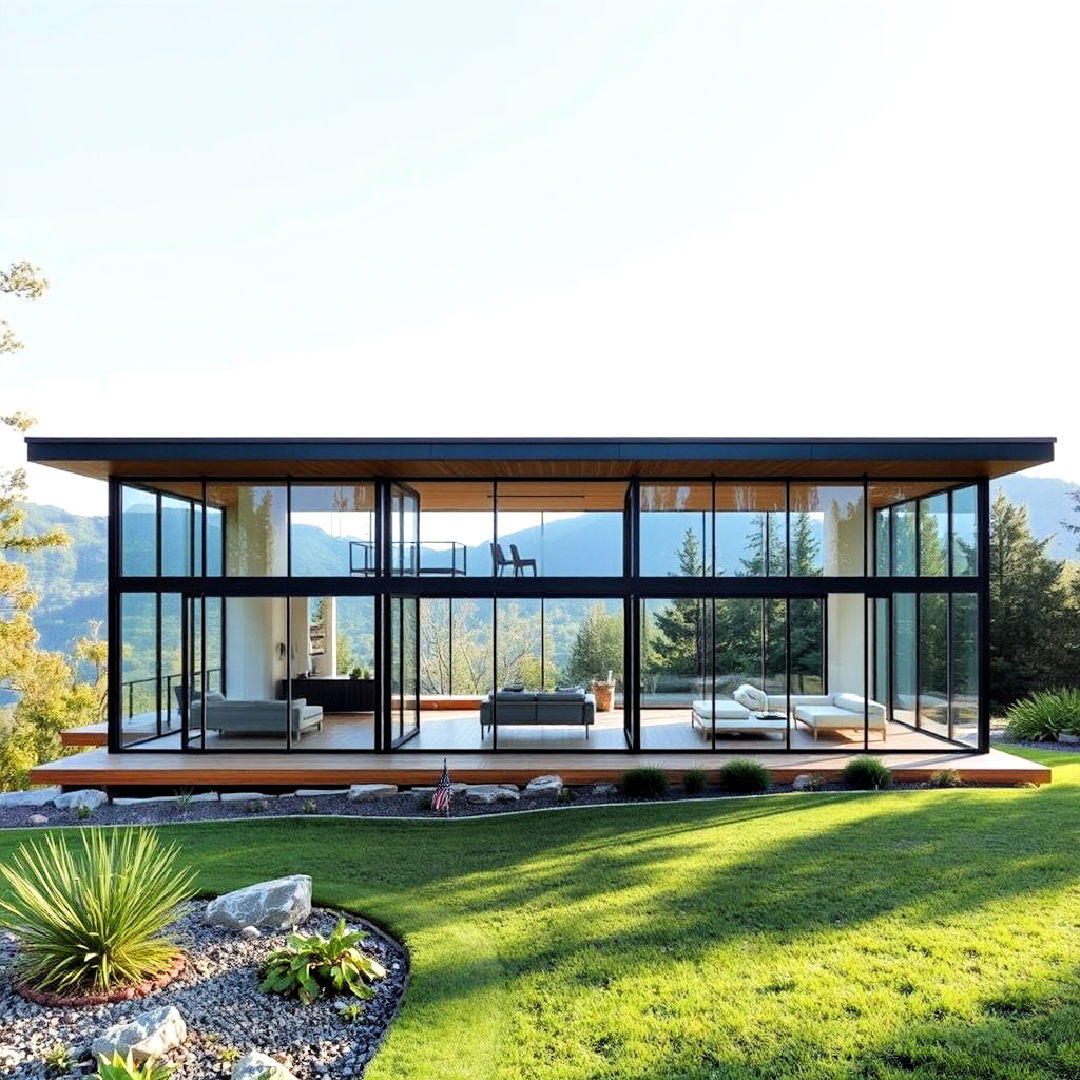
Glass walls are a striking feature in mid-century modern architecture, allowing for an unobstructed view of the surrounding landscape. These expansive glass panes replace traditional walls, blurring the boundaries between inside and outside. The transparency creates a sense of openness and spaciousness, ideal for homes situated in scenic locations. Glass walls also flood the interior with natural light, enhancing the home's energy efficiency and connecting the occupants with the natural environment.
29. Screened-In Porches
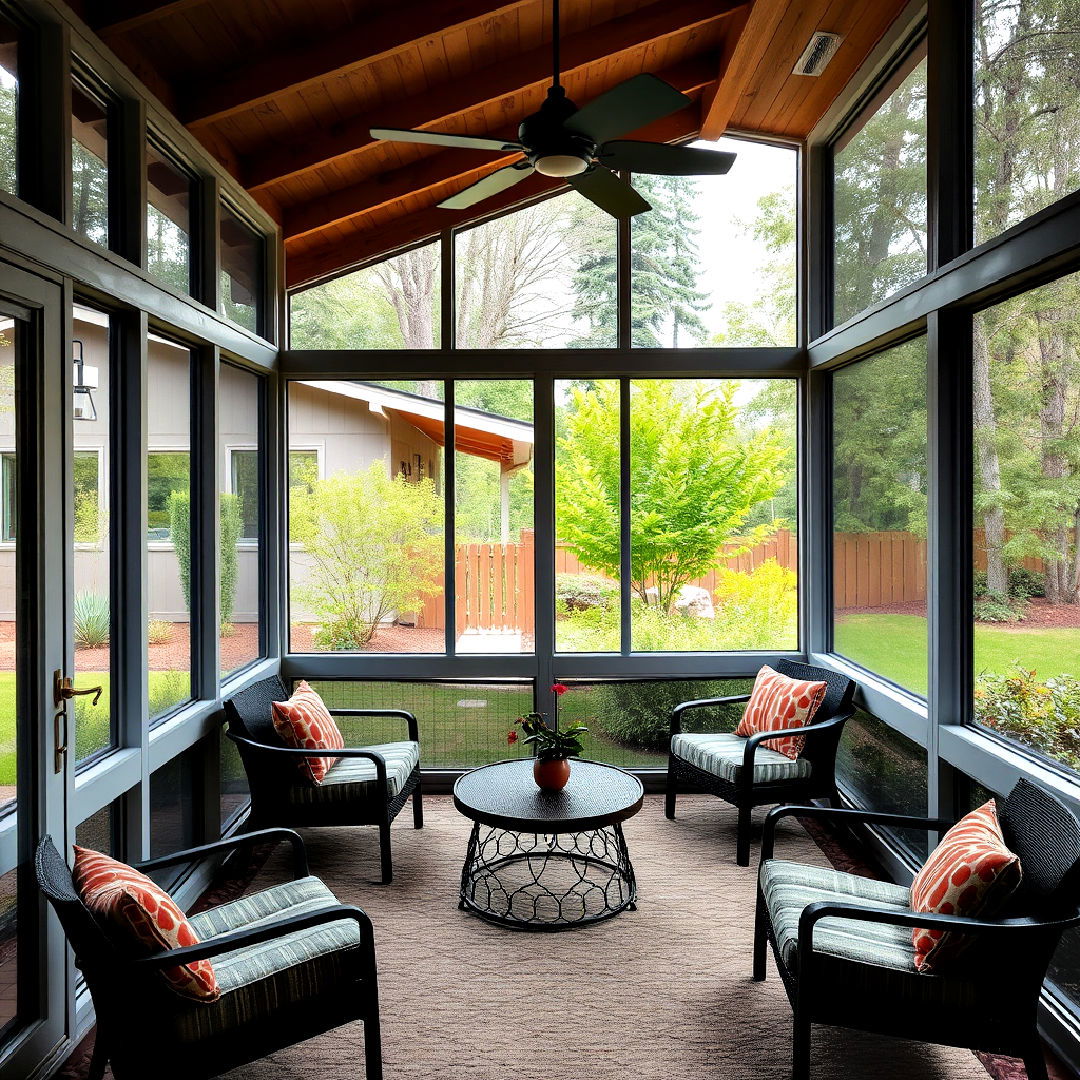
Screened-in porches are a practical and stylish addition to mid-century modern homes, providing an outdoor living space protected from the elements. These porches maintain the home's clean lines and open feel while offering shelter from insects and weather. With minimalist screens and simple, functional furniture, these porches extend the living area and offer a place to enjoy nature without sacrificing comfort or privacy.
30. Low-Maintenance Gravel Yards
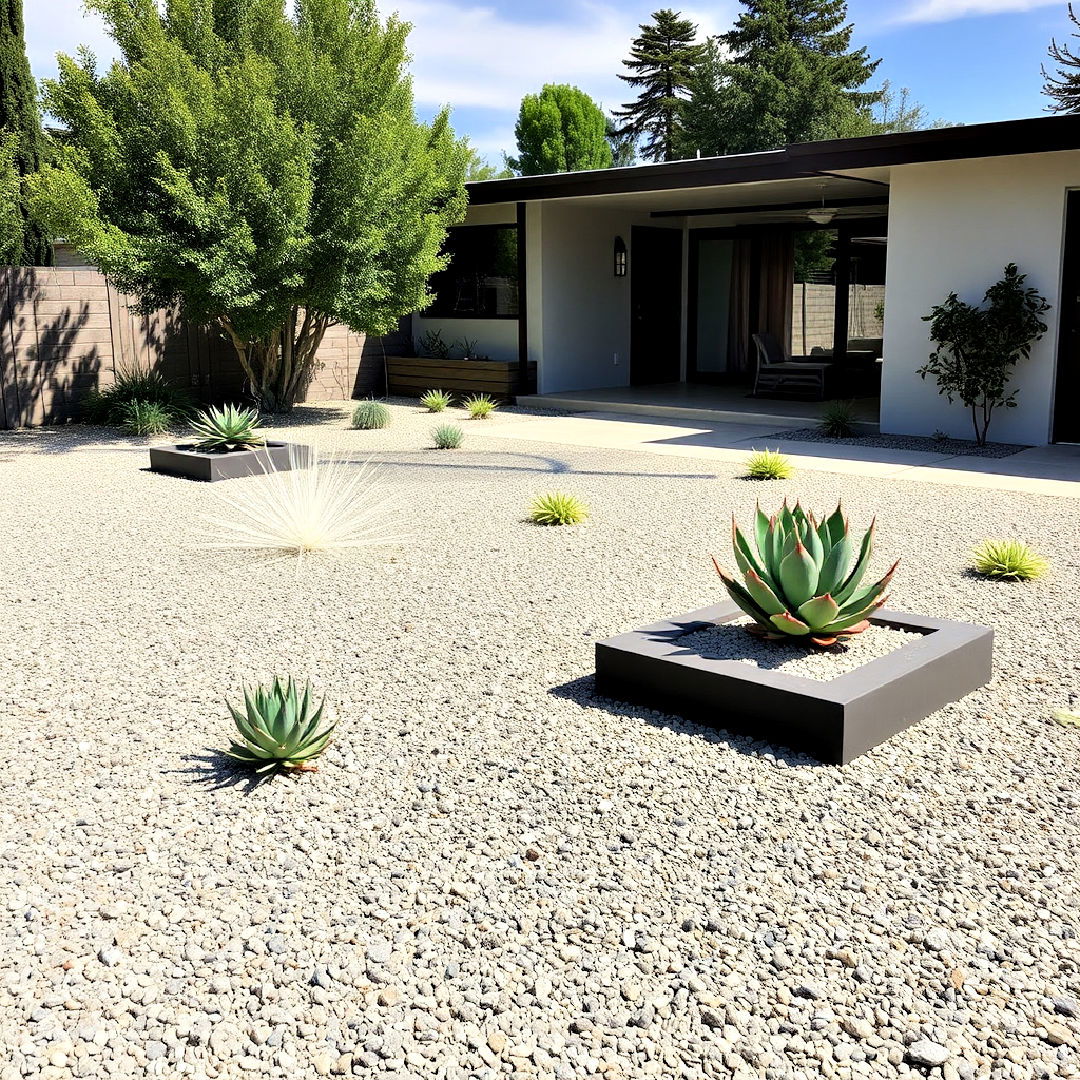
Gravel yards, inspired by gravel patio ideas, are a popular choice for mid-century modern homes, offering a low-maintenance alternative to traditional grass lawns. The clean, geometric layout of gravel paths and planters complements the minimalist architecture. Often paired with succulents, cacti, or native plants, gravel yards reduce water usage and upkeep while maintaining a sleek, modern aesthetic. This type of landscaping not only supports sustainability but also enhances the home's overall visual appeal.
31. Overhanging Eaves
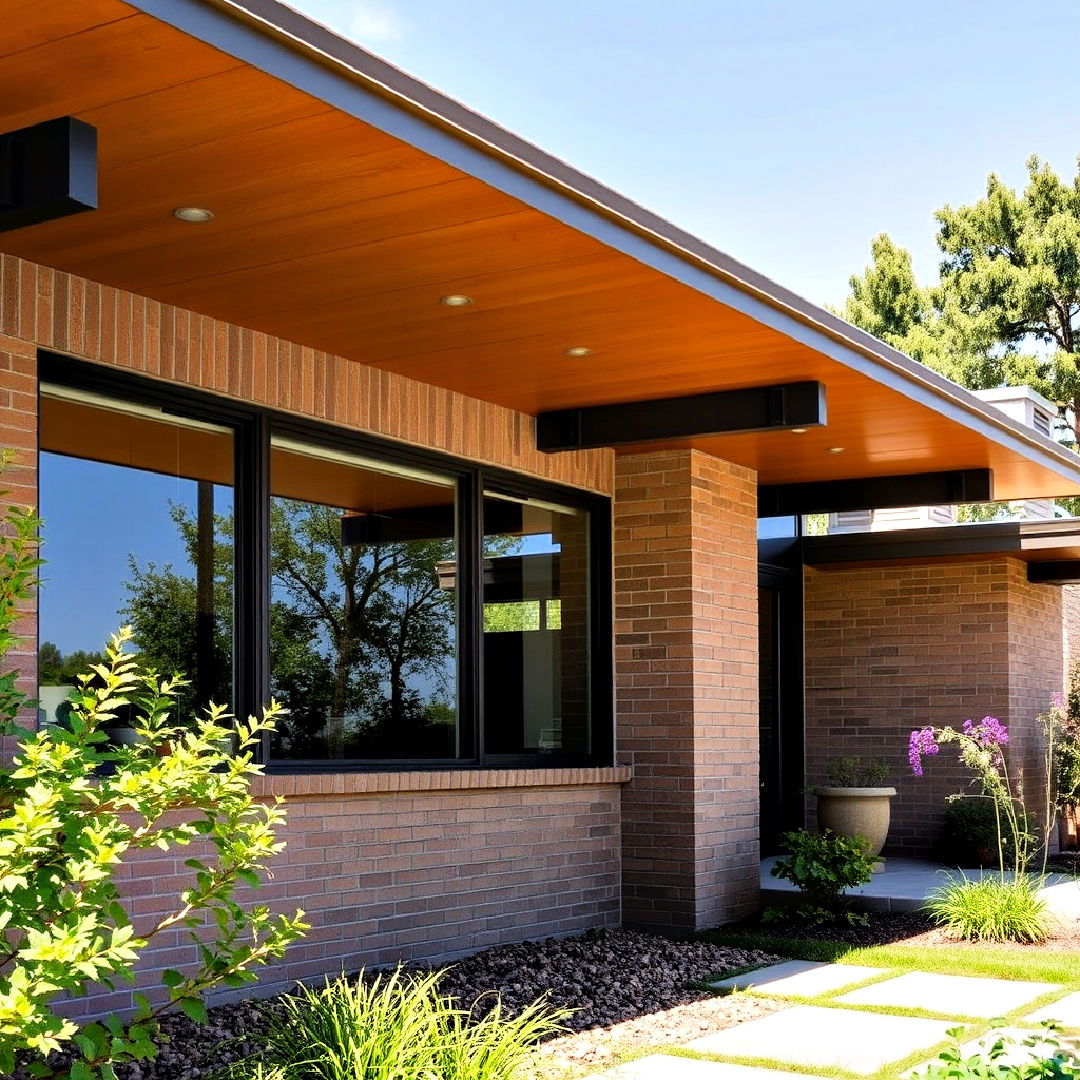
Enhance your home's charm with a distinctive mid-century house exterior design for a classic modern look. Overhanging eaves are a functional and aesthetic feature of mid-century modern homes, designed to provide shade while accentuating the home's horizontal lines. These wide eaves protect windows from direct sunlight, helping to keep the interior cool while reducing glare. The extended rooflines also contribute to the home's sleek, low-profile appearance, blending seamlessly with the surrounding environment. This feature adds both practicality and architectural interest to the exterior design.
32. Wide, Horizontal Windows
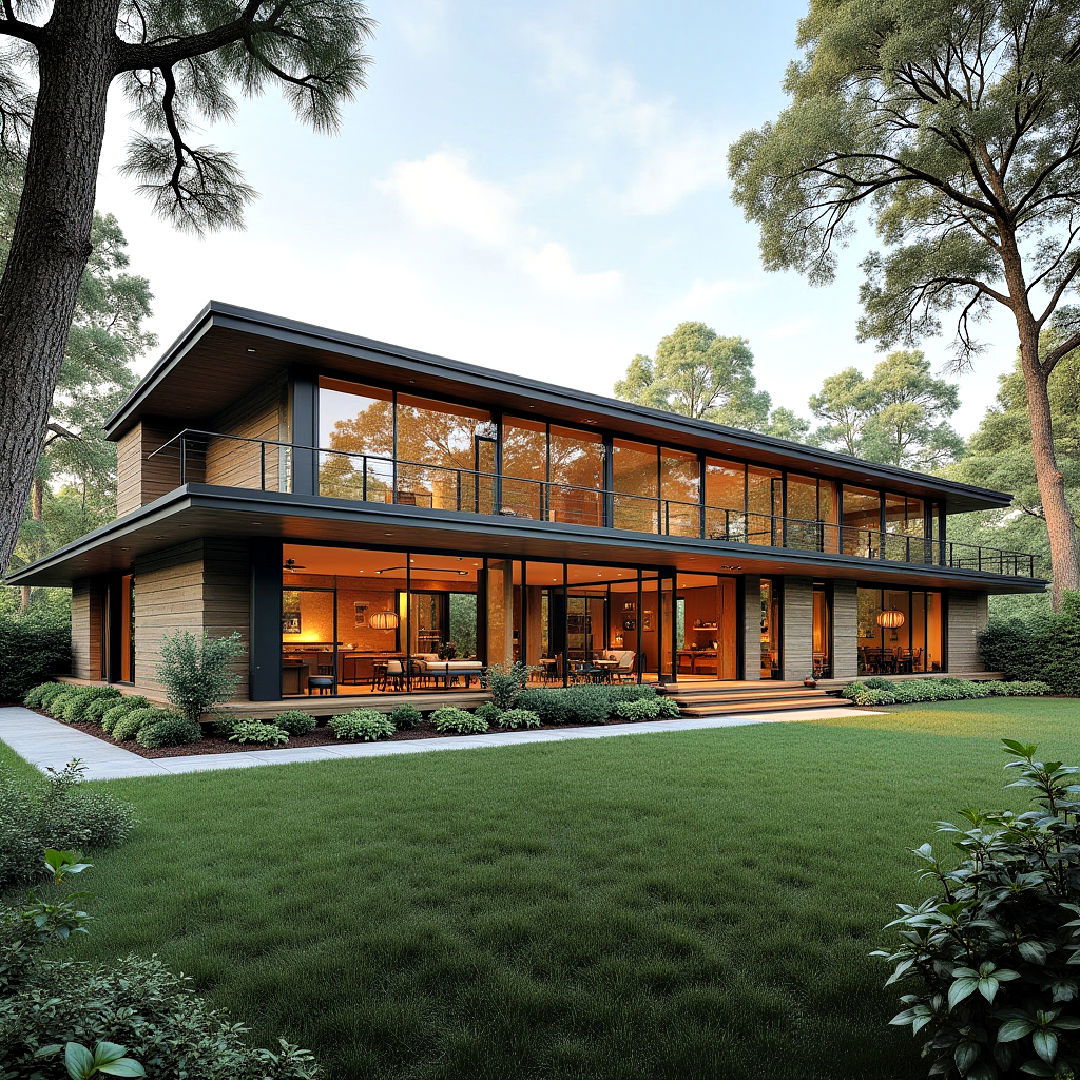
Wide, horizontal windows, often paired with blue accent walls, are a key characteristic of mid-century modern homes, enhancing the connection between the interior and exterior. These windows often stretch across entire walls, allowing for expansive views and abundant natural light. The horizontal orientation complements the home's low, elongated form, creating a cohesive look. Wide windows help to open up the space, making the interior feel larger and more connected to the landscape.
33. Decorative Metal Railings
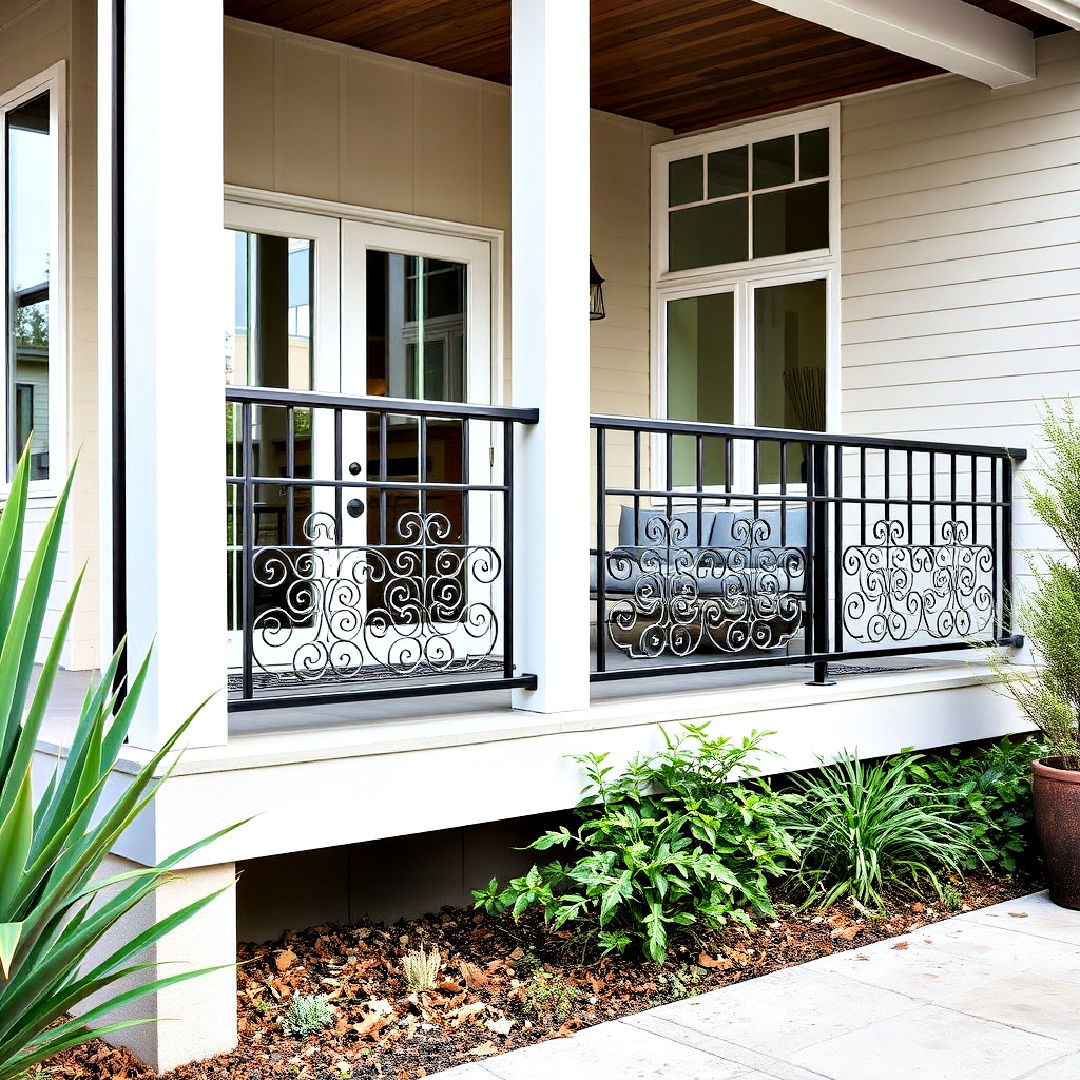
Decorative metal railings are a stylish addition to mid-century modern exteriors, often found on balconies, staircases, or patios. These railings feature clean lines and geometric patterns, adding a subtle layer of detail without overwhelming the minimalist design. Metal railings, typically made from aluminum or steel, offer both functionality and aesthetic appeal, enhancing safety while maintaining the home's sleek, modern look. The use of metal adds a contemporary touch that complements the overall architectural style.
34. Outdoor Fire Pits
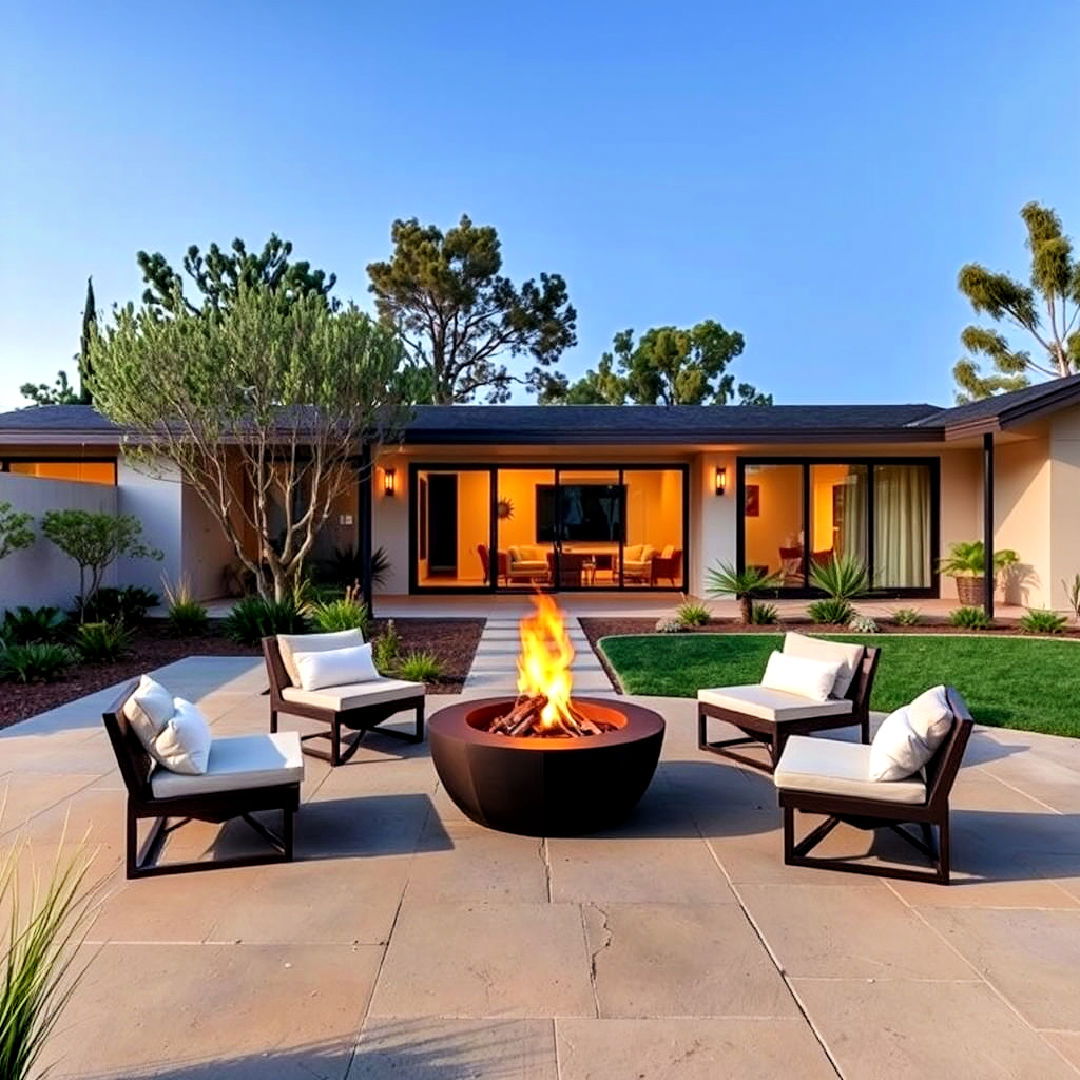
Outdoor fire pits, inspired by rustic fire pit ideas, are a popular feature in mid-century modern homes, designed to extend the living space into the outdoors. With simple, geometric shapes and clean lines, these fire pits blend seamlessly into the home's landscape design. Positioned in courtyards or patios, fire pits create a cozy gathering space that encourages social interaction. Their minimalist aesthetic fits perfectly with the mid-century modern emphasis on functionality and simplicity, while adding warmth and ambiance.
35. Linear Pathways
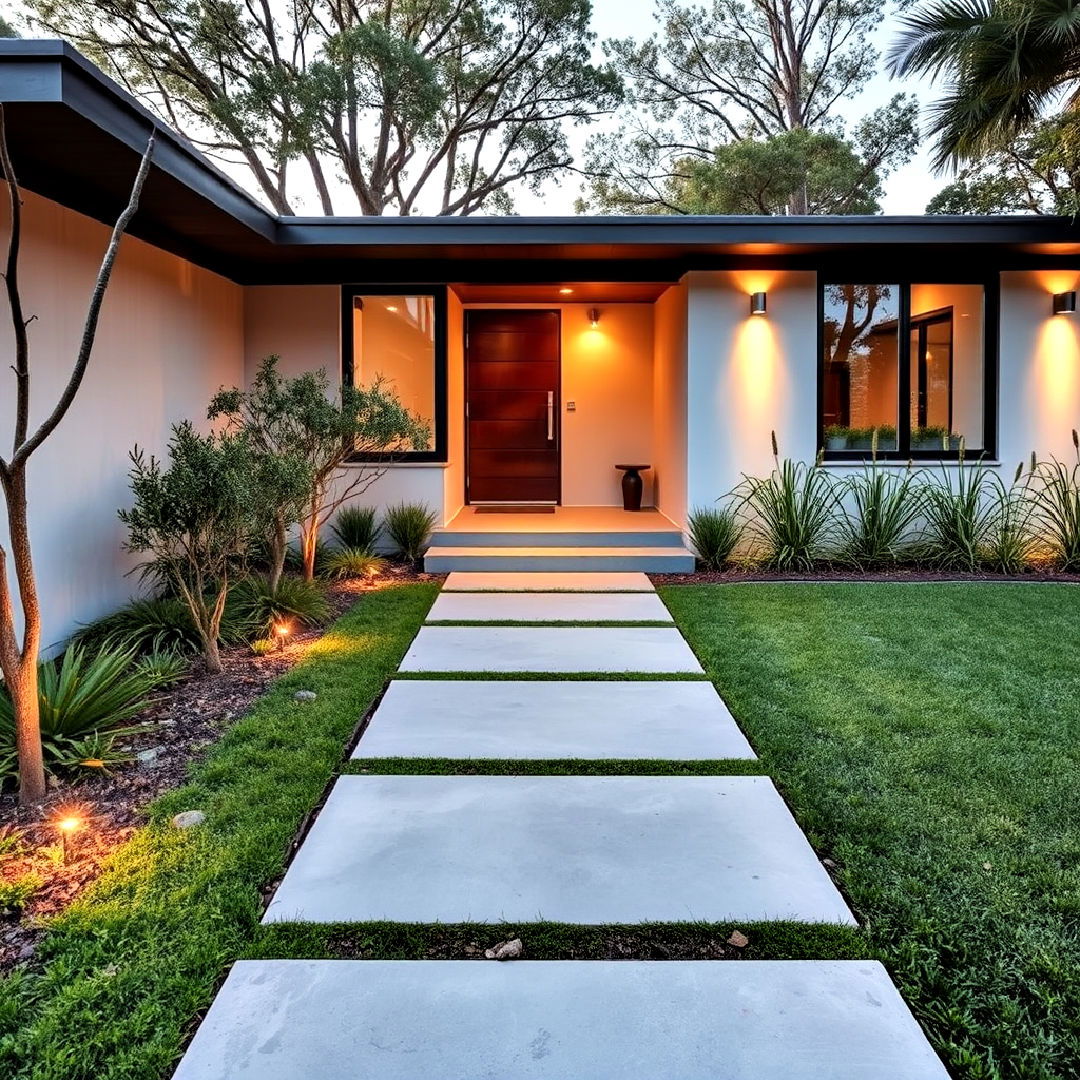
Linear pathways made from materials like concrete or stone are a common landscape feature in mid-century modern homes. These paths emphasize clean, straight lines, creating a sense of order and direction as they lead visitors to the entrance or outdoor spaces. Often paired with minimalist landscaping, linear pathways enhance the architectural design by reinforcing the home's geometric aesthetic. Their simplicity ensures that the focus remains on the home's exterior, providing a practical yet stylish addition.
36. Horizontal Fencing
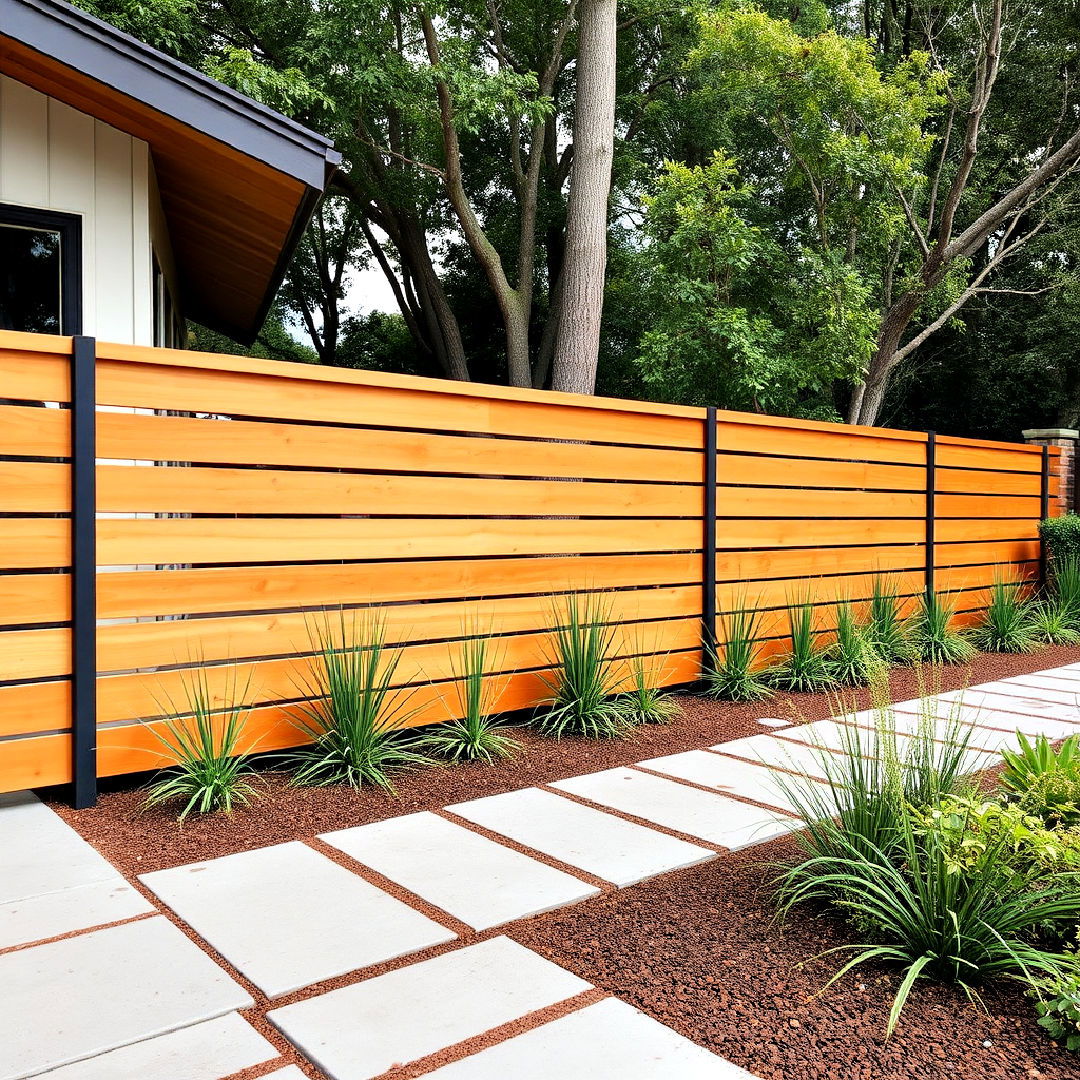
Horizontal fencing, often made from wood or metal, is a defining feature in mid-century modern exteriors. This type of fencing enhances privacy while maintaining the clean, linear look characteristic of the style. The horizontal slats create a seamless, uncluttered appearance that complements the home's architecture. Whether used around the perimeter or in smaller garden areas, horizontal fencing adds a modern touch that aligns with the minimalist ethos of mid-century design.
37. Slatted Wood Siding
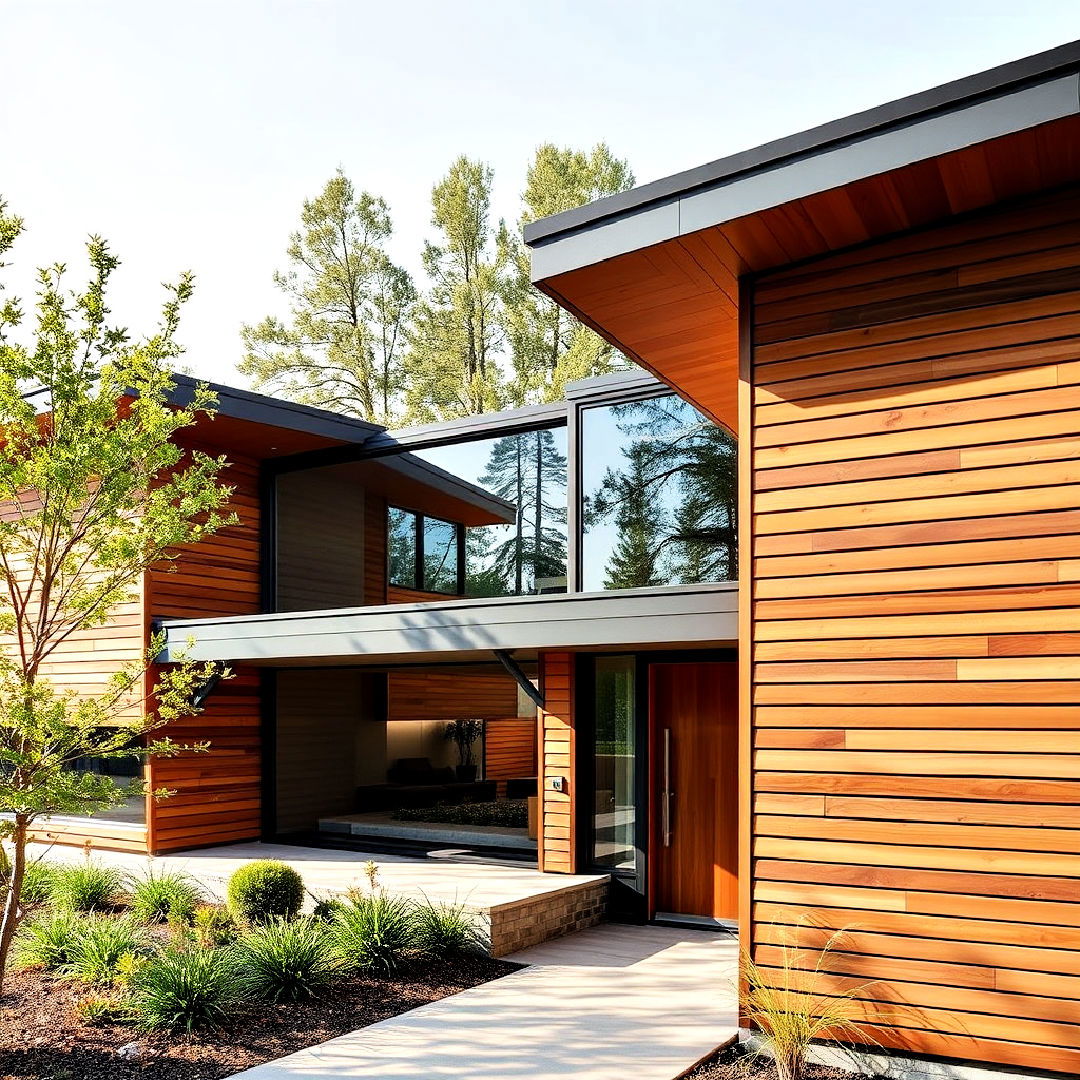
Slatted wood siding is another hallmark of mid-century modern homes, providing texture and warmth to the exterior. The slim, evenly spaced wooden slats create a rhythmic pattern that enhances the horizontal lines of the architecture. Typically made from cedar or redwood, this type of siding adds an organic element to the façade, balancing out the sleekness of glass or concrete. Slatted wood siding is both visually appealing and functional, offering durability and natural insulation.
38. L-Shaped Layouts
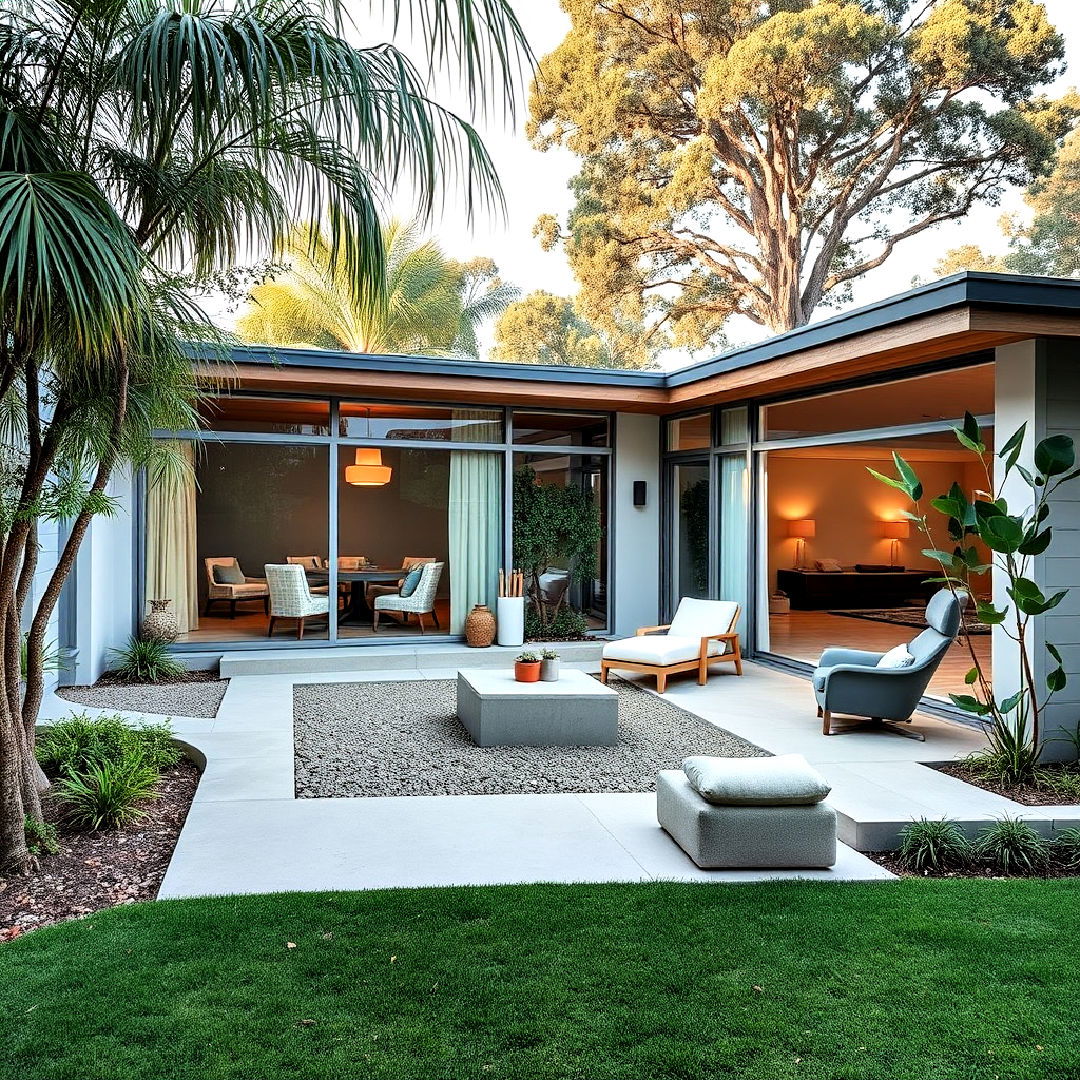
L-shaped layouts are a common architectural feature in mid-century modern homes, designed to create a private courtyard or outdoor living area. This layout wraps around the outdoor space, making it a focal point of the home. Large windows and sliding doors typically face the courtyard, enhancing the connection between indoor and outdoor areas. The L-shape also offers practical benefits, such as improved privacy and natural ventilation, while contributing to the open, airy feel of the home.
39. Planter Boxes Integrated into Architecture
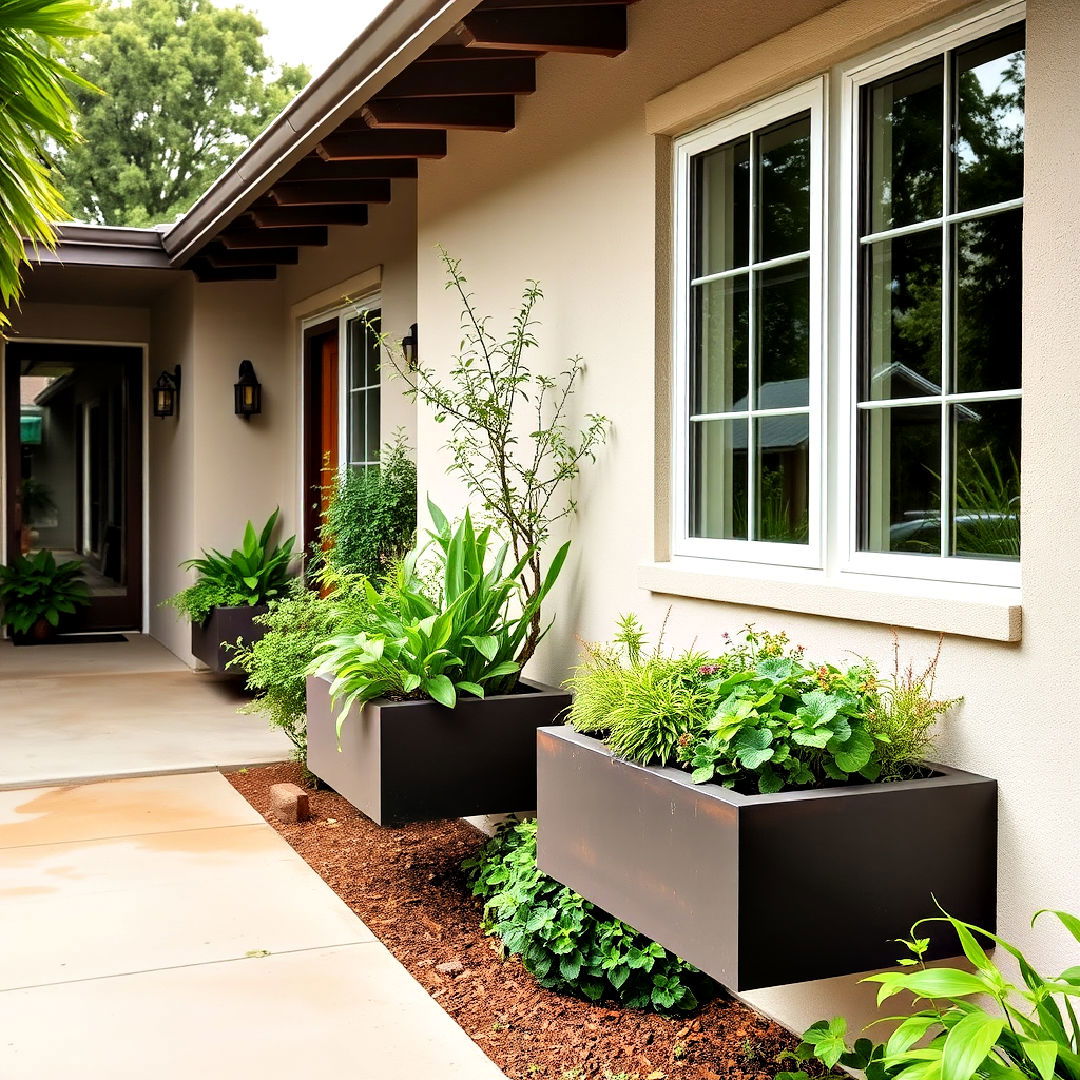
Planter boxes that are built directly into the architecture are a unique feature of mid-century modern homes. These planters are often positioned near windows, entrances, or patios, seamlessly blending with the home's design. The built-in planters allow for lush greenery to be part of the structure itself, enhancing the connection to nature while maintaining the minimalist aesthetic. This thoughtful integration of landscaping with architecture highlights the mid-century modern focus on harmony between the natural and built environments.
40. Clean, Symmetrical Facades
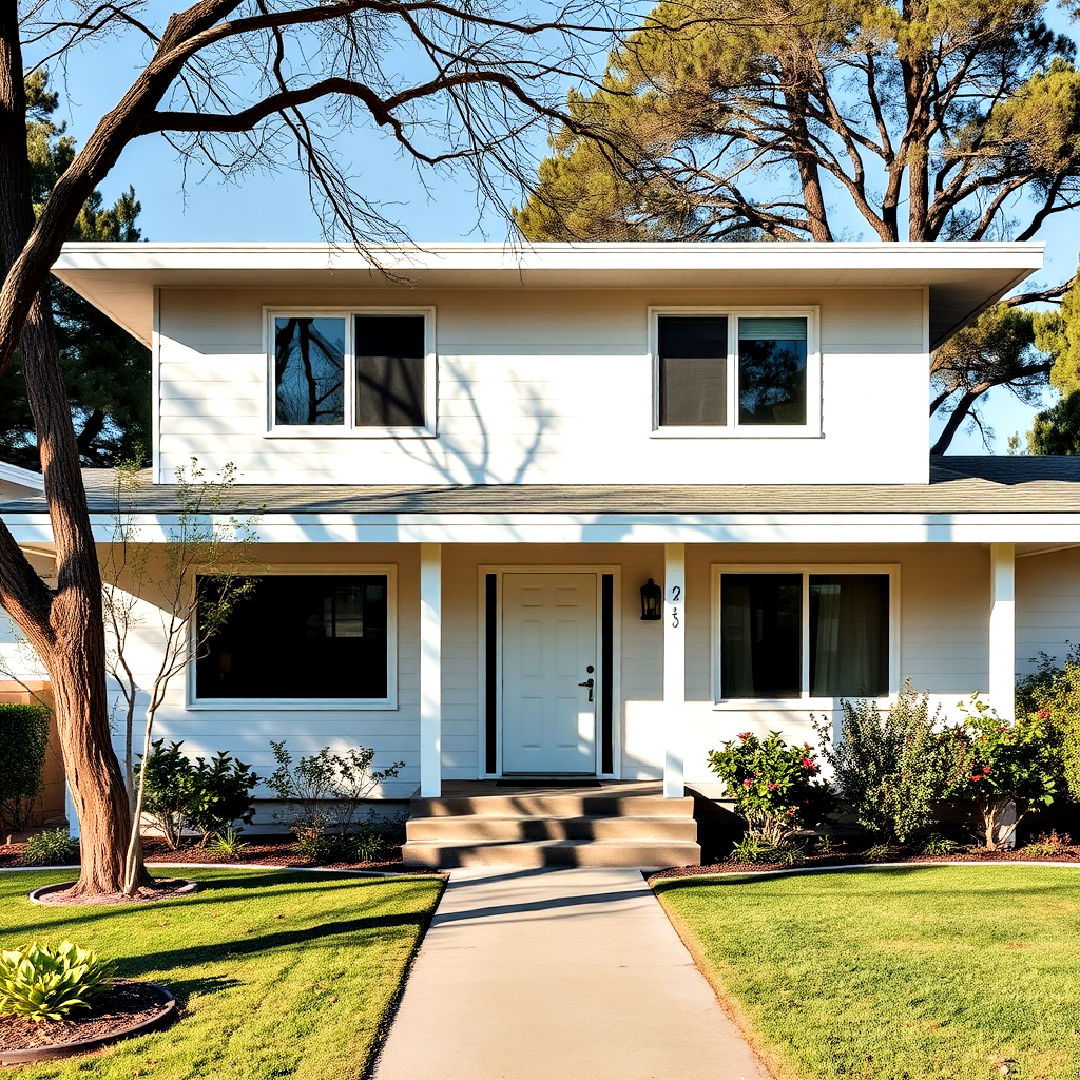
While many mid-century modern homes feature asymmetrical designs, clean, symmetrical facades are also common, offering a more balanced and traditional approach to modernism. These homes often feature equal window placements, centered front doors, and evenly spaced architectural elements. The symmetry creates a sense of order and calm, making the exterior feel harmonious and welcoming. This balance is often accentuated with minimalist landscaping and neutral color schemes, ensuring that the home maintains its sleek, modern appeal.
Conclusion:
Mid-century modern homes continue to stand out for their unique blend of form and function. Incorporating features like low-slung roofs, floor-to-ceiling windows, and natural materials into your home design allows you to achieve a balance between aesthetic appeal and practicality. The focus on open spaces, clean lines, and seamless integration with the surrounding environment has made mid-century modern architecture a favorite for those seeking a minimalist yet elegant look. From geometric shapes to energy-efficient designs, these exterior ideas can elevate curb appeal while embracing the core principles of mid-century design.
Key Points:
- Low-Slung Rooflines and Flat Roofs: Emphasize horizontal lines for a sleek, minimalist look.
- Floor-to-Ceiling and Wide Windows: Maximize natural light and create a strong indoor-outdoor connection.
- Natural Materials: Use wood, stone, and concrete to blend with nature and add texture.
- Geometric Forms and Asymmetry: Bold shapes and uneven layouts add visual interest and modern appeal.
- Mixed Materials and Textures: Combine wood, metal, glass, and stone for a dynamic, layered exterior.
- Integration with Nature: Courtyards, patios, and landscape design enhance harmony with the environment.
- Functional Elements: Breezeways, overhanging eaves, and floating staircases combine beauty with practicality.
- Playful Colors and Personal Touches: Bold front doors and minimal use of color add personality without overwhelming the design.
What to Do Next:
- Explore your existing space to identify opportunities for incorporating mid-century modern elements.
- Experiment with materials like wood and glass, or consider adding features like a bold front door or geometric windows.
- Use landscaping to enhance the connection between your home and nature, incorporating minimal and low-maintenance designs.
- Consider consulting with a designer to help integrate key features such as flat roofs or floor-to-ceiling windows into your exterior design.


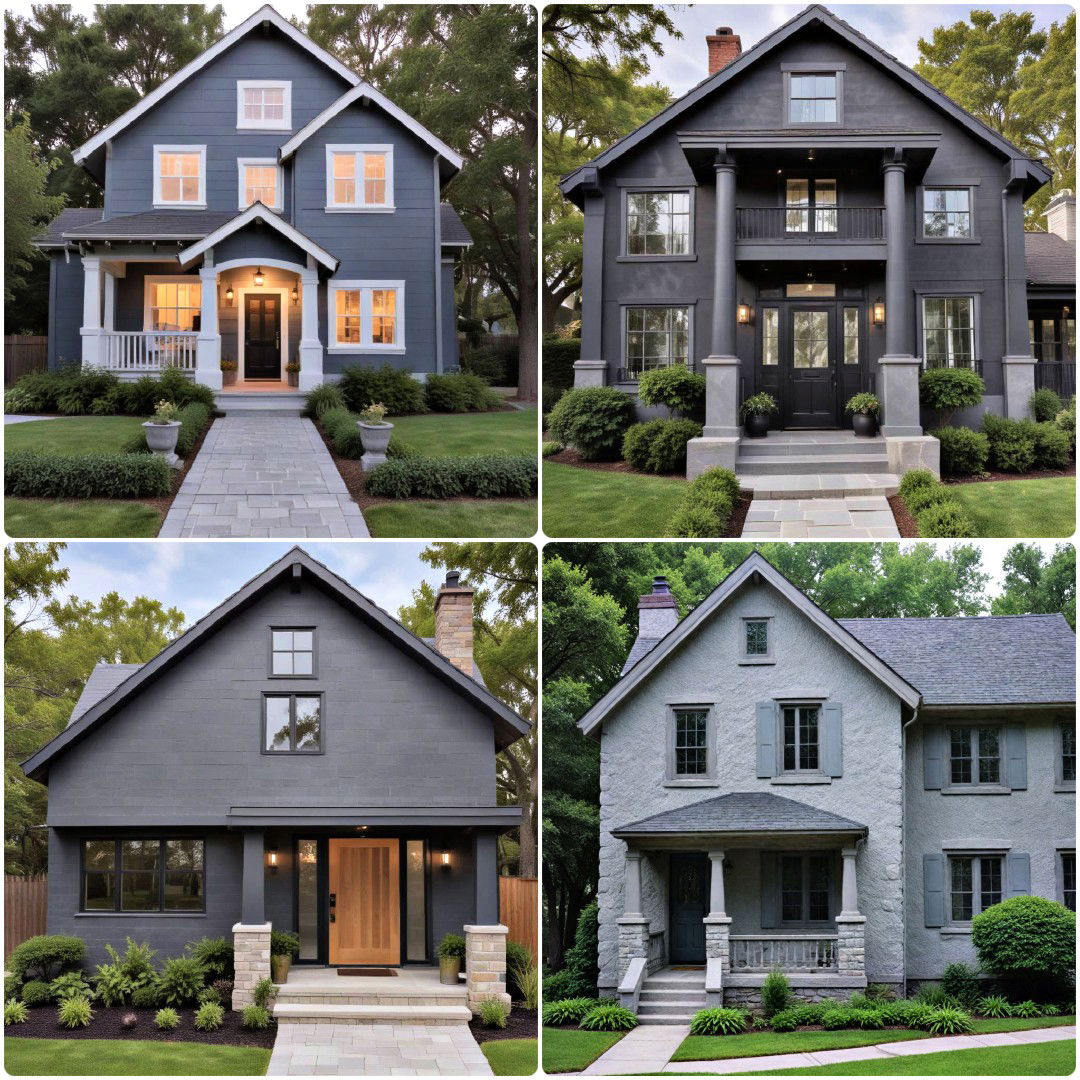
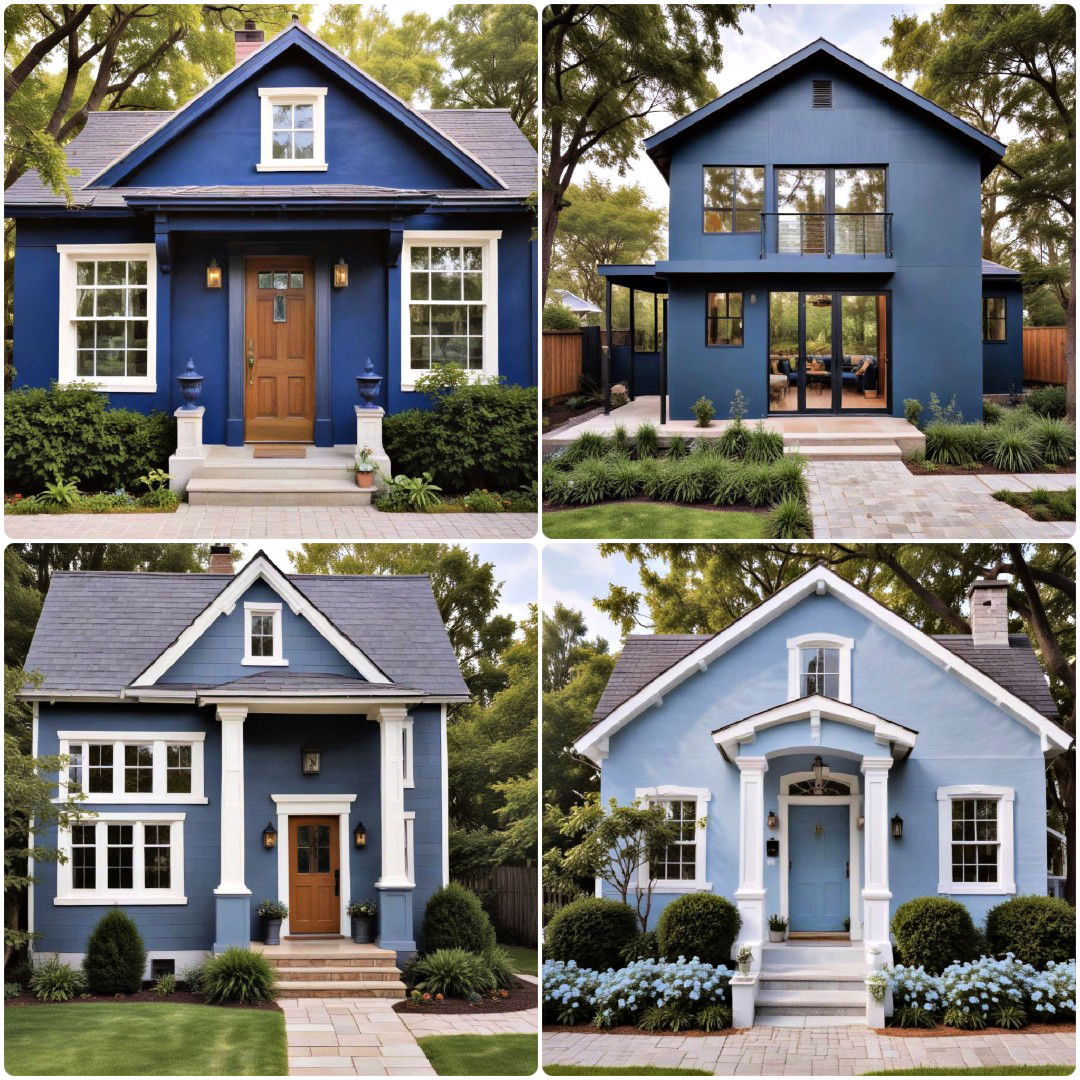
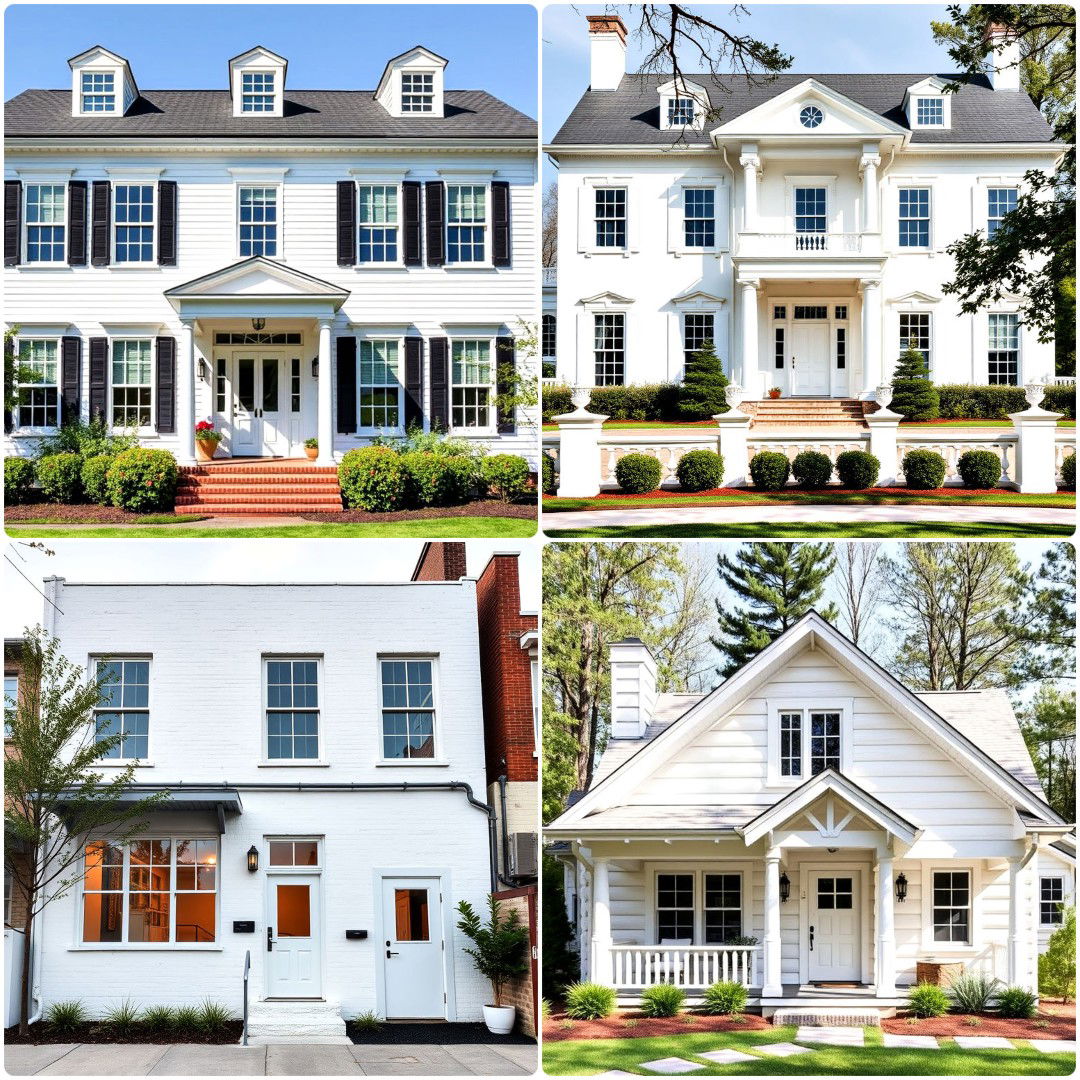

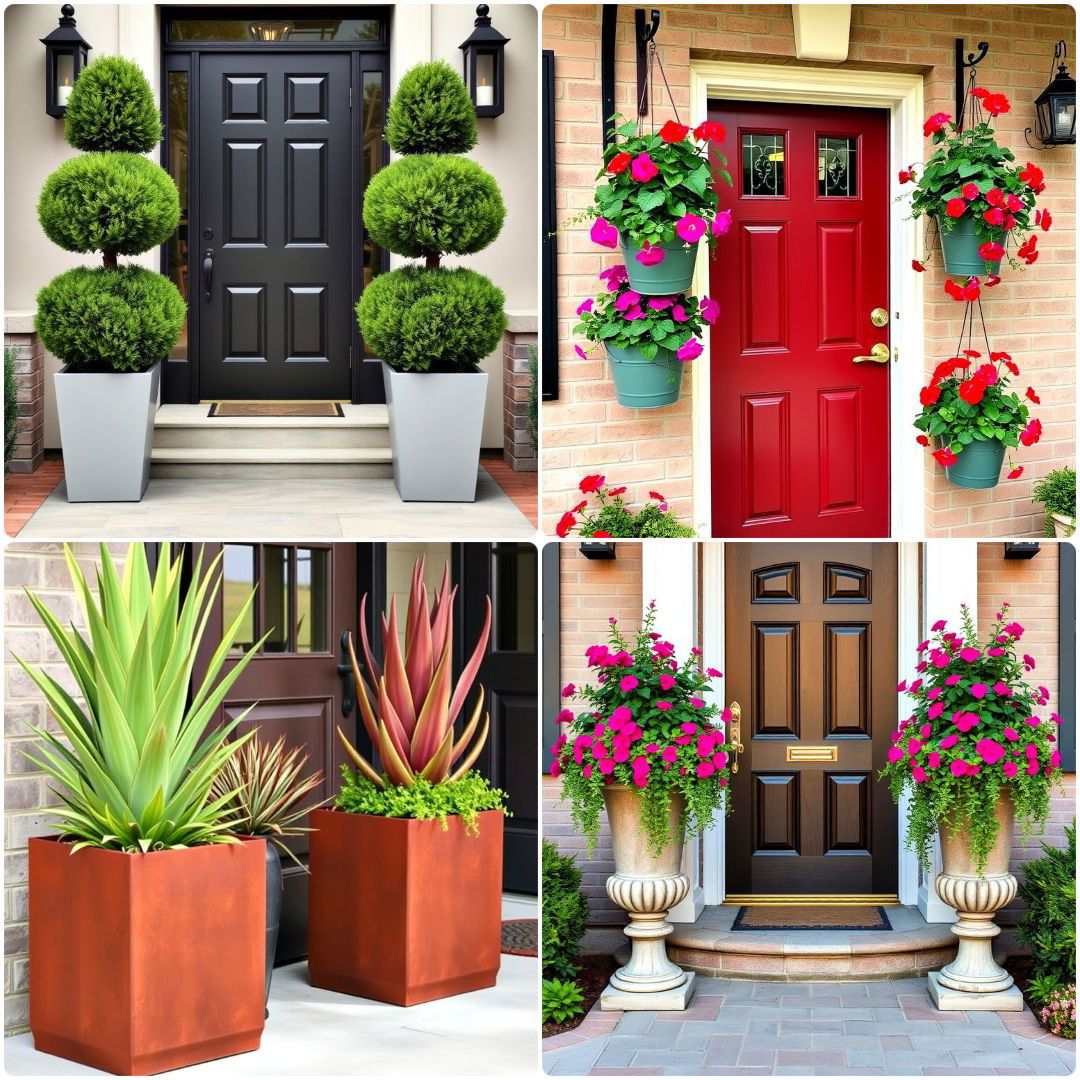
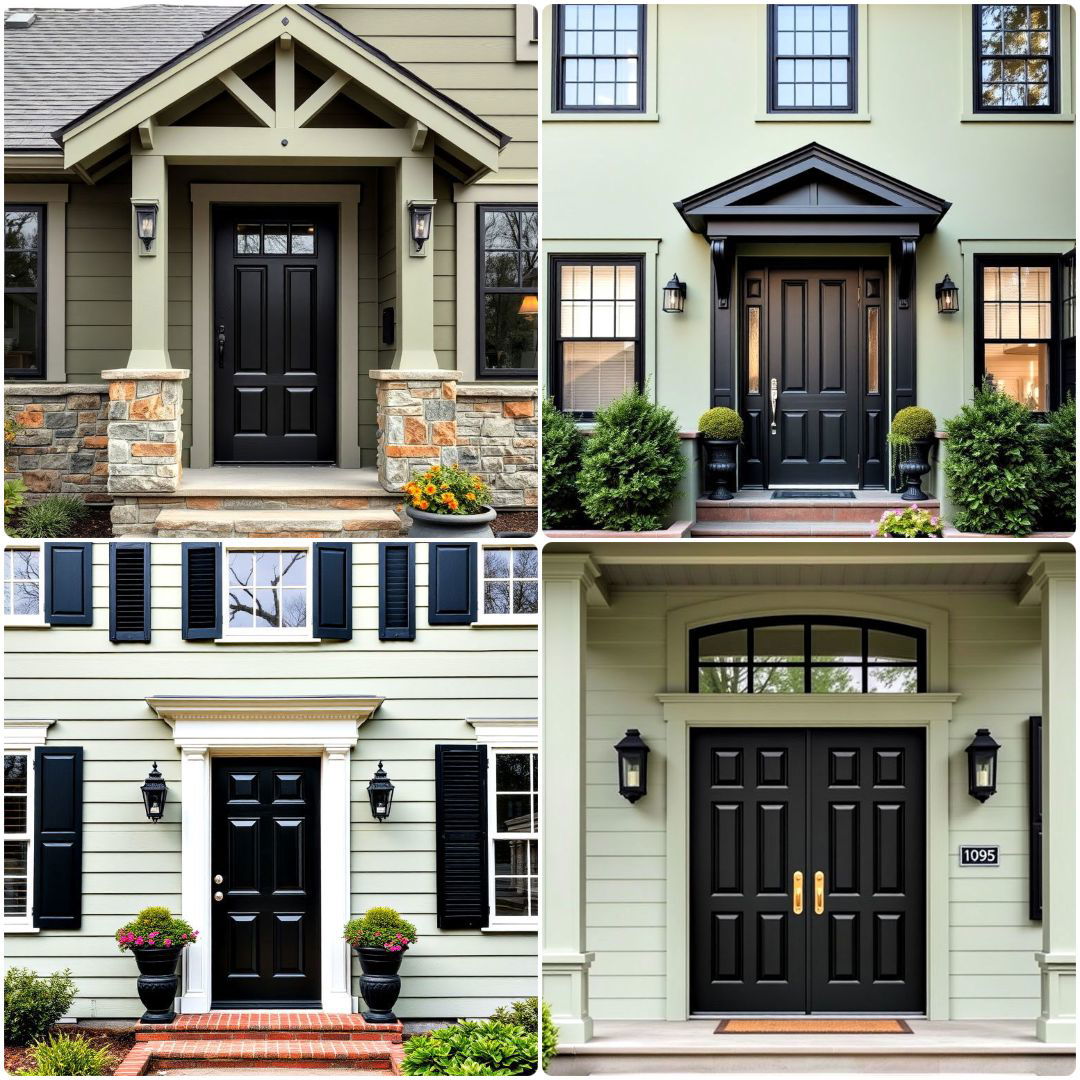
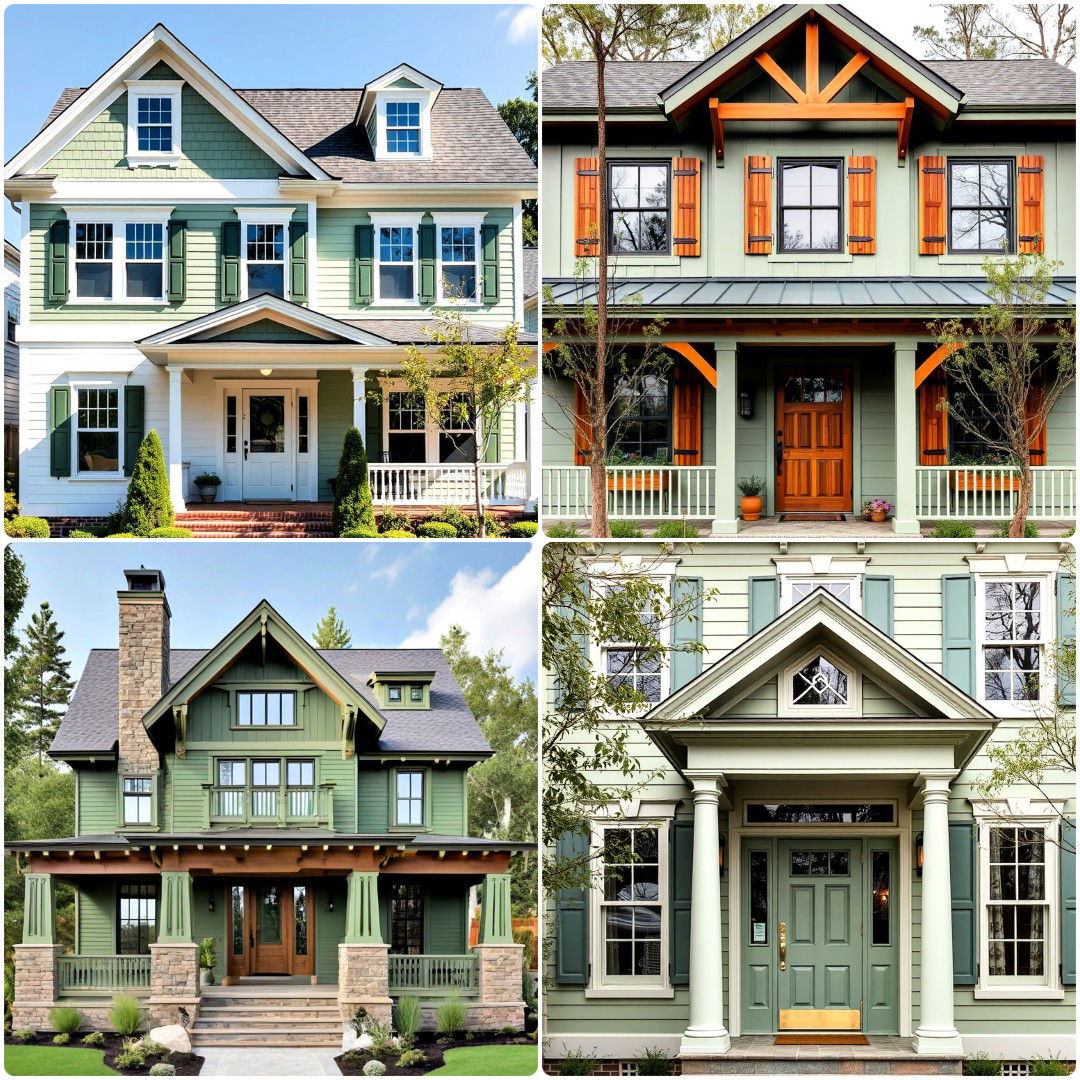

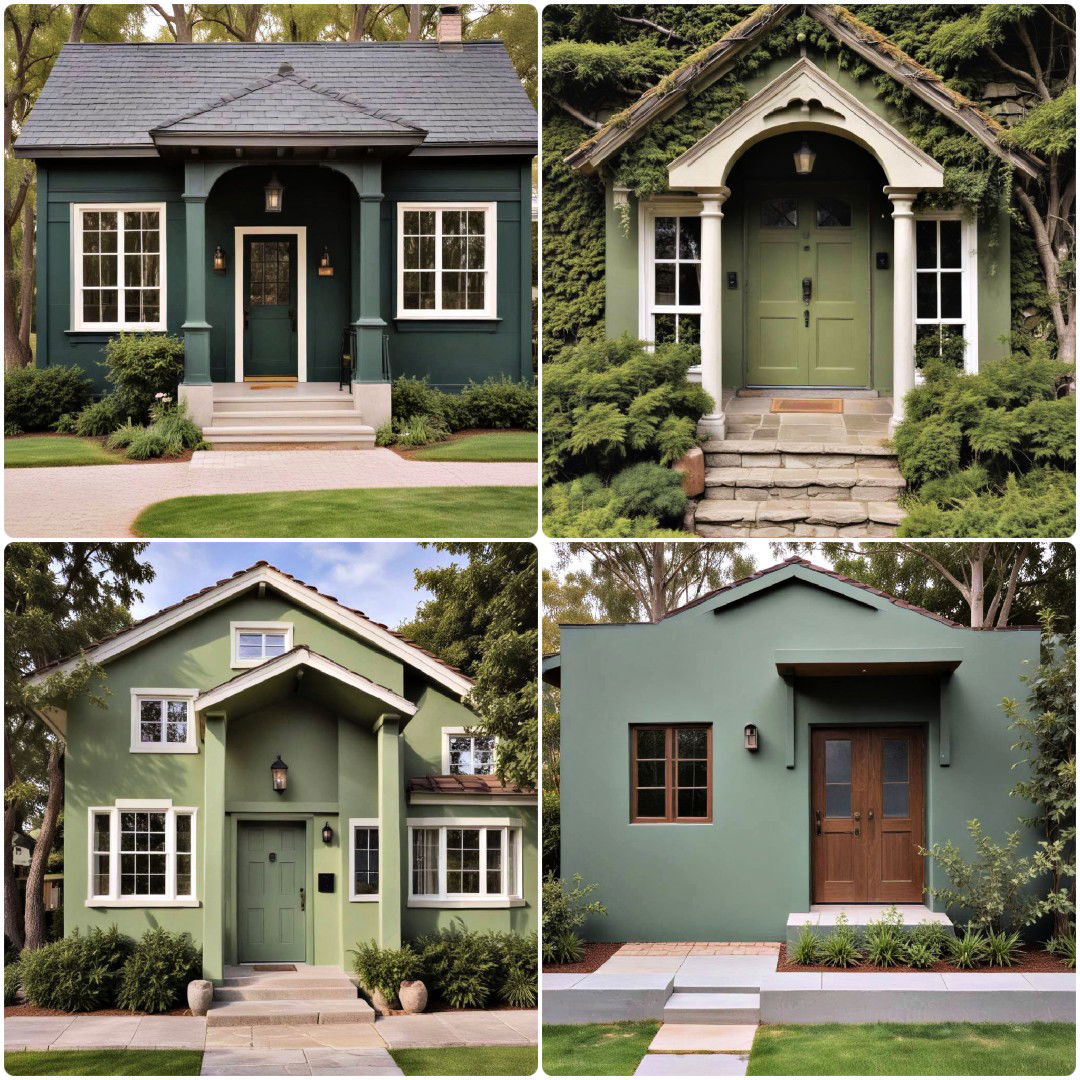
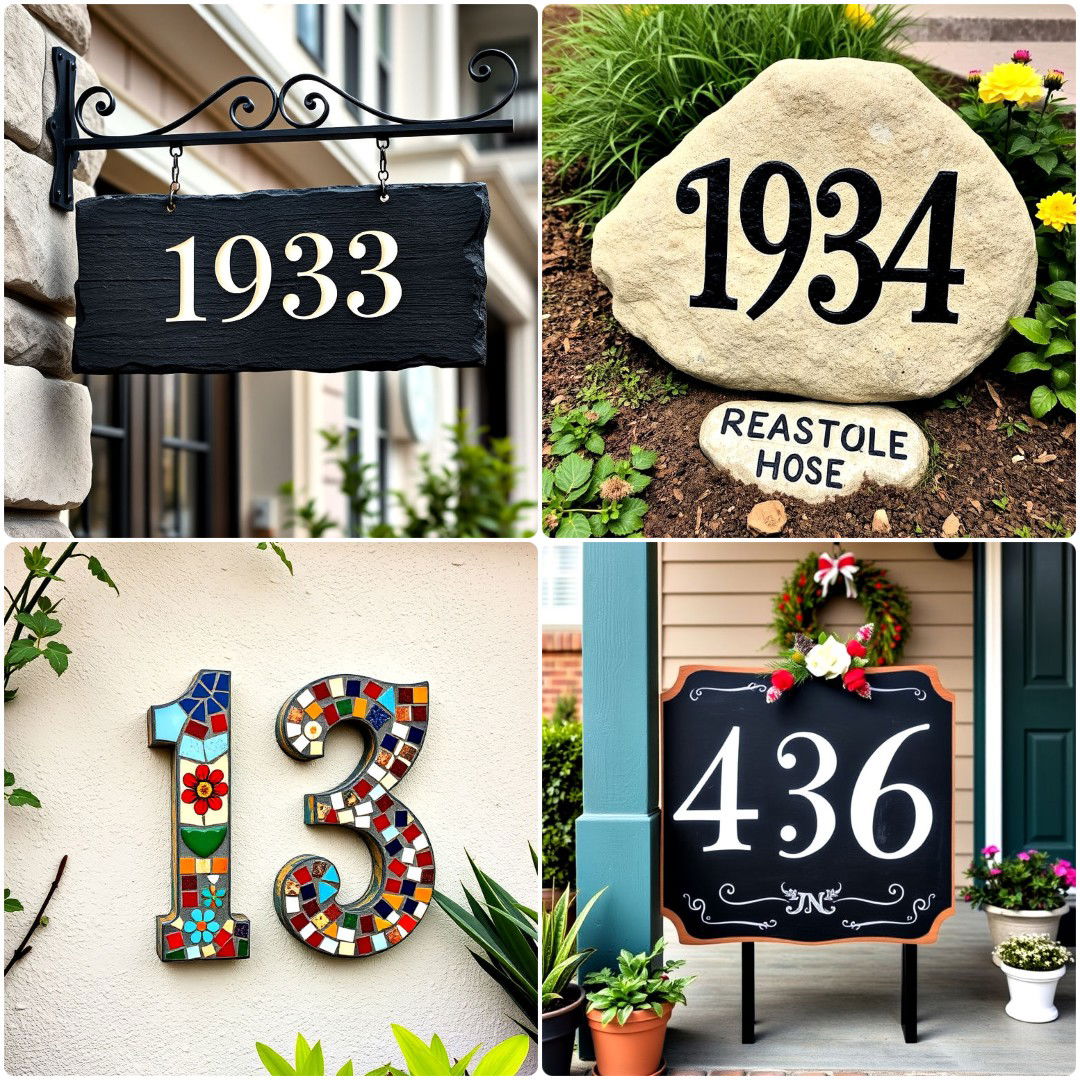
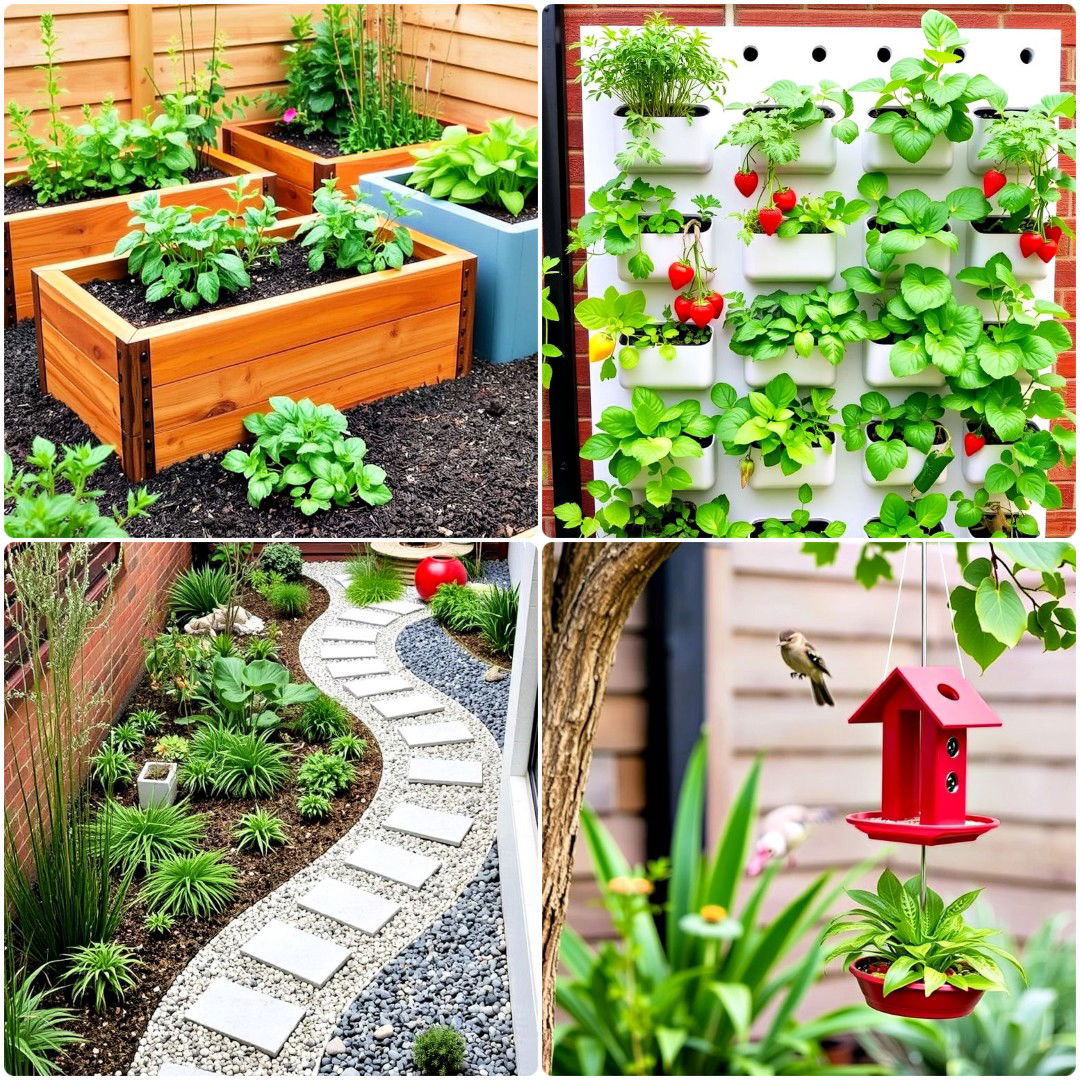
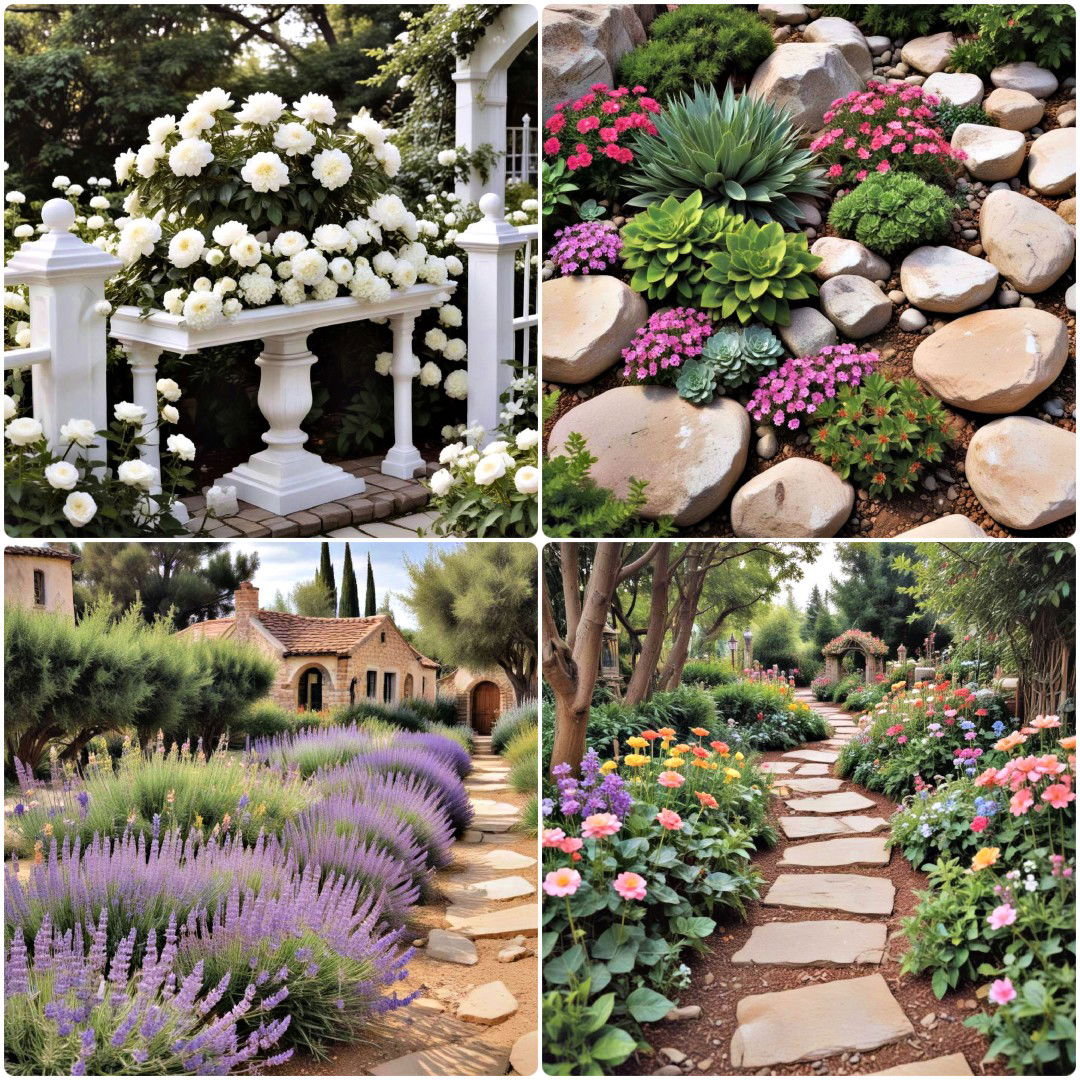
Leave a Reply